We often have the habit of imagining Thanh Sen city like that - with people full of aspirations. And today, from the suburban areas of Ha Tinh, meeting people with a deep love for the land, we have for ourselves new images of a prosperous, rich suburb, with green flowers and fruits all year round...
We often have the habit of imagining Thanh Sen city like that - with people full of aspirations. And today, from the suburban areas of Ha Tinh, meeting people with a deep love for the land, we have for ourselves new images of a prosperous, rich suburb, with green flowers and fruits all year round...
In the late afternoon, when the sun has set behind the horizon, I often walk around the city, sometimes going west, sometimes going east, sometimes going south... There, in the tranquility of the suburban villages, of the mangrove forests, the mangrove forests... are the movements carrying the aspirations of urban people. These are movements based on the potentials and advantages of the soil characteristics of the suburban areas; on the basis of policies and guidelines to promote land accumulation, build agricultural projects to develop the urban agricultural economy.
Many people in Ha Tinh City often call the place where they live by the name Thanh Sen. That way of calling contains nostalgia for a Thanh Sen full of lotus in the old story and at the same time expresses the wish for the city to restore its old image. Not only the people, but generations of leaders of Ha Tinh City have always wondered how to exploit the characteristics and strengths of suburban areas, change people's production habits, and develop tourism, especially creating new typical products from growing lotus. After much research and concern, in May 2021, the project "Developing some lotus varieties according to the value chain associated with eco-tourism in Ha Tinh City" was implemented. The project was undertaken by the Department of Science and Technology of Ha Tinh in coordination with Sen Hao Thanh Cooperative. From here, following the lotus seasons in the city, we also get to know more people who love lotus, love every inch of suburban land, and share the aspiration to paint a new face for Thanh Sen... Among them, Mr. Tran Tien Si - Director of Hao Thanh Lotus Cooperative is one of those people.
Sen Hao Thanh products.
From a person working in another field, after many times visiting suburban areas with city leaders, hearing about the goals of urban agricultural development, especially the cherished dreams of growing lotus, in Mr. Si's mind and intelligence, a love for lotus has also "sprouted".
“At first, I thought that with available land and farmers who love growing lotus, the implementation would be easy, but when I started doing it, I saw the difficulties. July 1, 2021 was a memorable day for me when after 7 failed plantings, the first batch of lotus took root and sprouted green. That was the result of long days of clinging to the land and fields; deep nights of researching documents and techniques to be able to understand and improve the environment to suit the growth and development process of lotus varieties,” Mr. Si shared.
Now, when enjoying the products produced by Hao Thanh Lotus Cooperative with Mr. Si, we can't help but imagine the fragrant lotus blooming seasons in the suburbs of the city. Remembering the days when he and the city officials mobilized and guided people to grow lotus; working together with the people to improve the soil and clean the water in the fields... we always feel our hearts filled with the faint scent of lotus.
“Previously, people mainly knew only two lotus products: flowers and seeds, and in the ponds, lotus mainly grew naturally, but now the cooperative has successfully grown nearly 30 varieties of lotus, including many beautiful and fragrant varieties such as Lotus, Bach Diep, Lycium, Quan Am... There are more and more lotus products that help households fully exploit them from root to tip, such as: lotus tea (fresh lotus flowers soaked in tea, lotus heart tea, lotus leaf tea, lotus rice); fresh lotus shoots, sweet and sour; fresh lotus roots, crispy dried lotus roots, lotus root starch; lotus wine (soaked from lotus pistils, old lotus seeds); crispy dried lotus seeds... In the coming time, we will continue to research and develop more products and will focus on deep processing, transferring some simple preliminary processing steps to people.”
To have standard lotus tea products, Hao Thanh Lotus Cooperative has worked hard to adjust the production process to meet consumer needs.
Hao Thanh Lotus Cooperative is currently connected with 12 cooperatives, the lotus growing area has expanded to many regions with more than 28 hectares, of which the largest concentration is still Dong Mon commune with about 12 hectares, the lake areas in Van Yen, Dai Nai each have about 4 hectares and are scattered in Thach Linh, Thach Trung, Thach Hung wards... In addition to the quite high income (120-150 million VND/ha/year for growing lotus for seeds, over 300 million VND/ha/year for growing lotus for tubers), the stable output has also created confidence for people to confidently produce and expand the lotus growing area.
“Community-based economic development is an important factor in the success of Sen Hao Thanh Cooperative. We are very happy that the products of the Cooperative are well received by the market. These products are also one of the products serving tourism, thereby promoting the image and cultural traditions of Thanh Sen land. Currently, in addition to introducing and selling at 5 retail stores of the Thanh Sen Mart system and some clean vegetable, root and fruit businesses, we also apply digital transformation, building sales channels via the internet to expand the consumption market” - Mr. Si shared.
Since being recognized as a 3-star OCOP, Hao Thanh Lotus Tea products have expanded their market and increased their revenue.
The initial success of the lotus planting project is a valuable practice for the city's residents to boldly nurture their aspirations and realize their dreams of "making money" from barren lands by boldly investing and converting crop structures associated with ecotourism. Thereby, contributing to the successful implementation of the goal of restructuring the agricultural sector associated with building new rural areas and civilized urban areas of Ha Tinh City.
| [embed]https://www.youtube.com/watch?v=xGrcqdQb6fY[/embed] |
Video: Hao Thanh lotus products are promoted on social networking platforms.
Perhaps, many people are quite vague when approaching the goal of forming agricultural parks in Ha Tinh City, but for Secretary of the City Party Committee Duong Tat Thang, it is too clear and will soon become a reality. Ha Tinh City currently has 500 hectares of aquaculture land (salt, brackish and fresh) with a rich system of ponds and lakes and nearly 500 hectares of land for growing crops, 1,400 hectares of rice production; with terrain bordered by rivers on all four sides, near the estuary, the city possesses a diverse ecosystem with typical areas such as: Thach Ha, Dong Mon in the brackish water area; Thach Hung, Dai Nai in the semi-branched water area; Thach Linh after being sweetened, forming small islands... In addition, in the suburban areas, farmers have also changed their thinking, creating a solid foundation to be able to implement new goals in urban economic development.
“The potential and characteristics of suburban areas are the basis for planning, operating and attracting investment production links, forming agricultural parks,” affirmed Secretary of the City Party Committee Duong Tat Thang.
In recent times, Ha Tinh City has issued many policies and strategies to promote land accumulation and build agricultural projects based on the core spirit of cooperative development, focusing on linking farmers with businesses, producers with consumers. On that basis, it focuses on supporting farmers in all stages from forming cooperatives to building, identifying brands, infrastructure, transferring technology, varieties, techniques, etc. In addition, the city also focuses on directing agricultural development towards commodities, applying organic production processes, biosafety and linking product consumption.
Secretary of the City Party Committee Duong Tat Thang inspected the agricultural production area in Dong Ghe (Thach Ha).
In 2022, the city has accumulated over 250 hectares of agricultural land and built many key urban agricultural models in wards and communes. Among them, there are many models that mark the boldness, audacity, and the desire for change of the city's government and citizens. Along with the specific planning to build agricultural parks, many successful agricultural transformation models have emerged in Thach Ha. The most obvious is the "3 in 1" agricultural model - organic rice production, aquaculture and opening ecological services of Lien Nhat Agricultural and General Service Cooperative (Thach Ha commune) directed by Mr. Nguyen Huu Quyen.
With advantages in agriculture and tourism, the “3 in 1” circular agricultural model in Lien Nhat village (Thach Ha commune, Ha Tinh city) is becoming an attractive destination for tourists. Photo: Pham Truong.
Mr. Quyen shared: “Shifting into agricultural production from the construction industry, I truly have a new passion - clean agriculture. And it is true that labor creates people, the more I work, the more my intelligence is activated, the more ideas, ambitions and new plans I have.”
Since the end of 2021, Mr. Quyen has started his new job by investing, renting machinery, breaking the banks of the area and plots to plan a concentrated organic production area and raise fish (5 hectares). The "3 in 1" model has increasingly shown clear effectiveness when production costs are reduced, productivity and output increase; most importantly, when participating in production with him, people save maximum labor thanks to the application of advanced science and technology. In addition to growing rice combined with aquaculture, Mr. Quyen and the members of the commune also grow flowers and build various types of services to serve tourists who come to visit and experience.
“Up to now, the cooperative’s products have found a place in the market. Organic rice is purchased right in the fields. Lien Nhat village is visited by many tourists. My desire to create a highlight in the urban agricultural picture is gradually becoming a reality. And more importantly, I have contributed to helping people change their thinking, eliminating backward ideas in agricultural production. In the future, I will continue to experiment with new, more innovative ideas,” said Mr. Quyen.
Leaders of Dai Nai ward inspected the progress of implementing the comprehensive agricultural economic model.
Also starting with the aspiration to build an agricultural park, the Party Committee, government and people of Dai Nai ward have been constantly "moving" in changing thinking, production practices, and building economic models on the diverse ecosystem of the locality. Taking us to visit the gradually completed economic models in Dong Dam area (belonging to residential groups 5, 6, 7, 8, 10), Mr. Tran Trong Dung - Secretary of Dai Nai Ward Party Committee excitedly shared: “Previously, this area was abandoned because of deep depressions, swamps, and salinity. In May 2023, the locality began dredging and improving the environment, aiming to build a comprehensive agricultural economic area, towards an ecological agricultural park. Currently, under the responsibility of mass organizations, the Suoi Nai area of nearly 13 hectares (belonging to Dong Dam area) has been covered by 50% of the area with many multi-tree and multi-animal models such as: growing bananas, jackfruit, coconuts, areca nuts combined with raising fish, snails, field crabs and intercropping short-term vegetables such as cucumbers, bitter melons...; model of rice with worms; rice with crabs... In which, many models bring income with high economic efficiency.
Mr. Le Van Ha - Residential Group 10 shared: “Implementing the policy of converting and accumulating land, I have accumulated 2 hectares. Although this land was previously abandoned, with the support and guidance of the local government, my family focused on investing in land improvement and terrain construction, aiming to build a “garden” economic model, both growing specialty plants and animals in the direction of goods and exploiting food services. Initially, from intercropping and intercropping plants such as lotus, short-term vegetables, fish, crabs, etc., my family has had income. I, like many farmers in the area, hope that the new direction of the city will create opportunities for us farmers to “pick fragrant flowers on barren land”.
With the desire for change and cautious steps, Ha Tinh City has been effectively exploiting the suburban economy. The barren, barren lands have been given a new look, and the suburban farmers are no longer content with their status quo. Without talking about the future, these “stirrings of growth” are the foundation for the city to develop a breakthrough, effective urban agriculture, the basis for promoting trade and tourism development as well as forming a sustainable green belt.
Content: Anh Hoai - Nguyen Oanh
Photo: Hoai Oanh & collaborators
Design: Khoi Nguyen
1:30:10:2023:08:17
Source



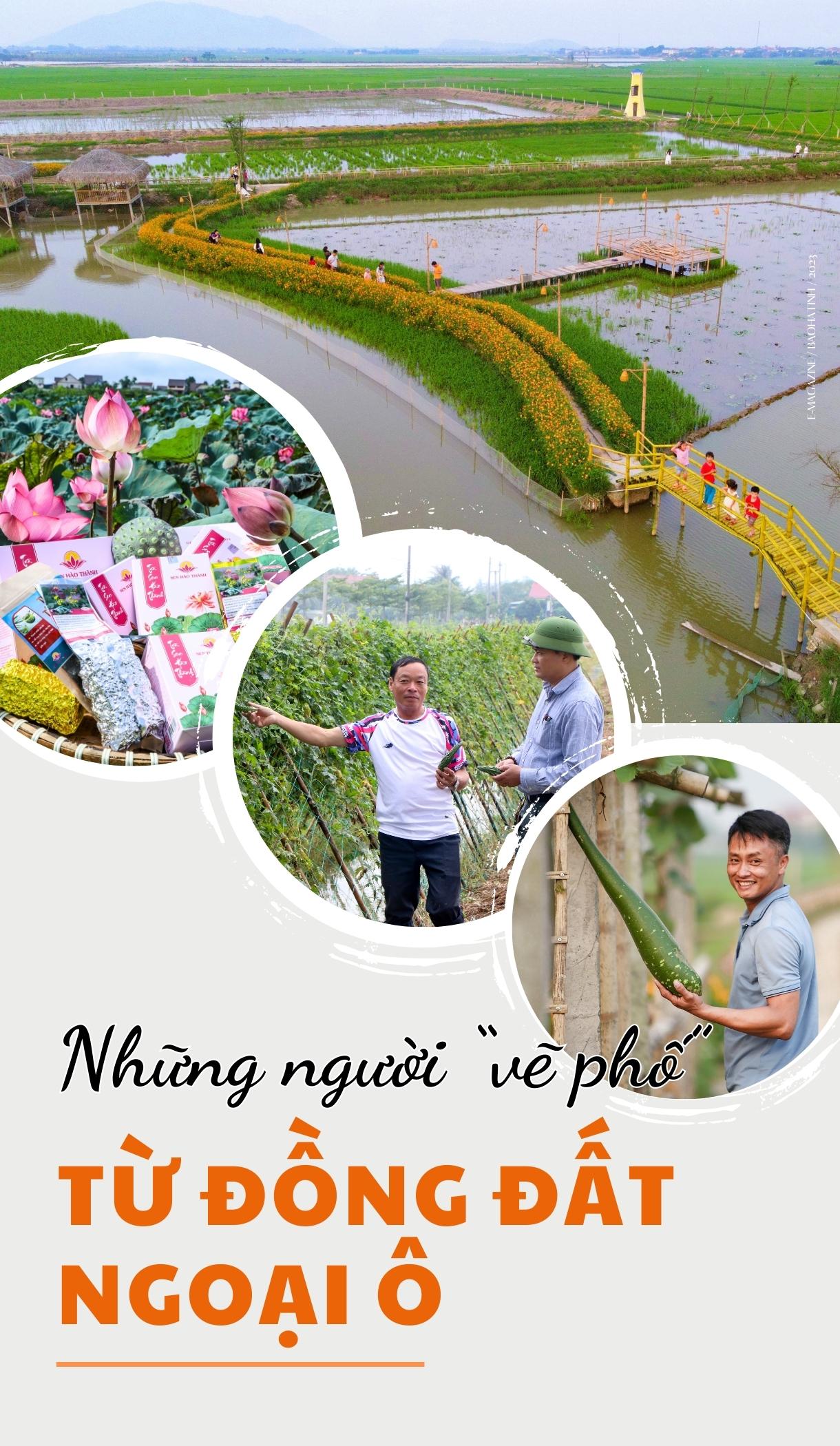
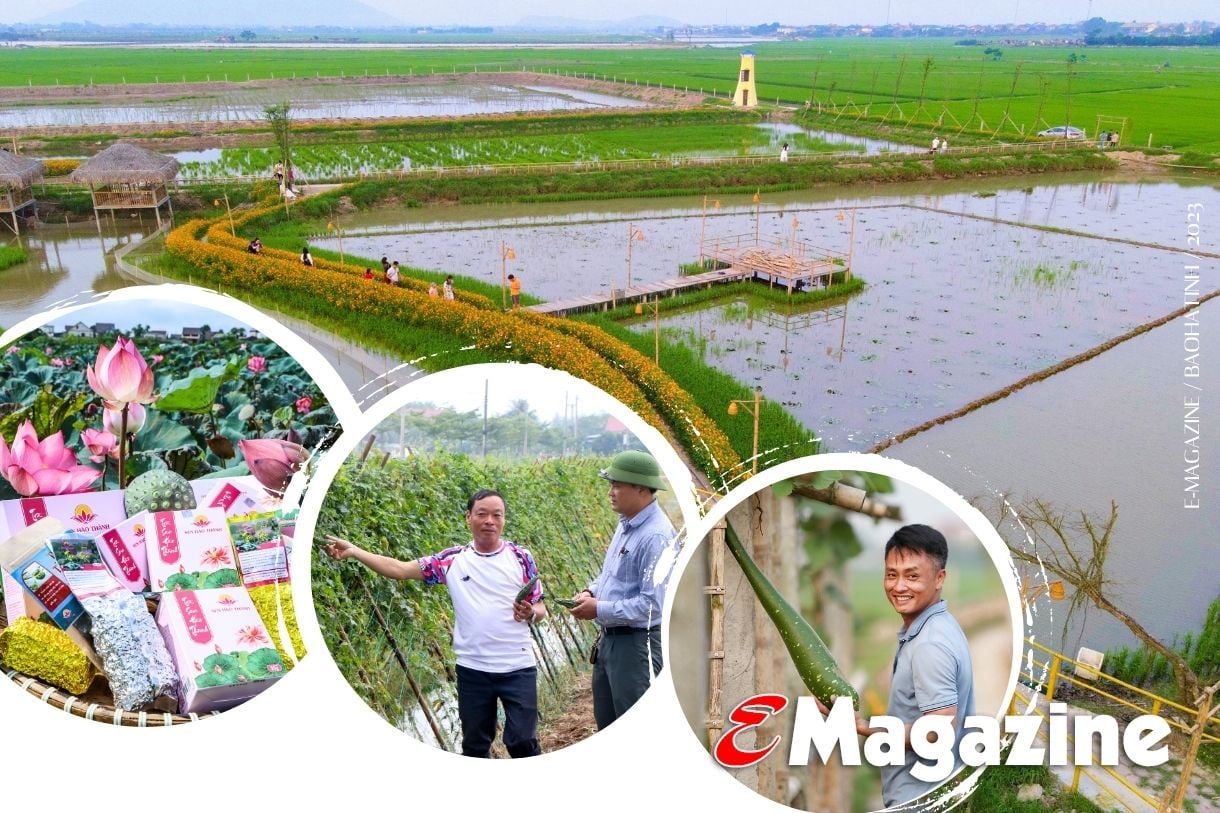

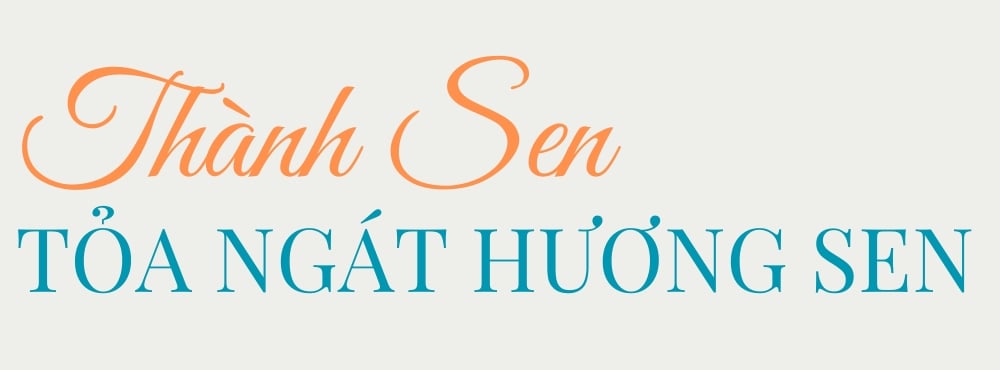
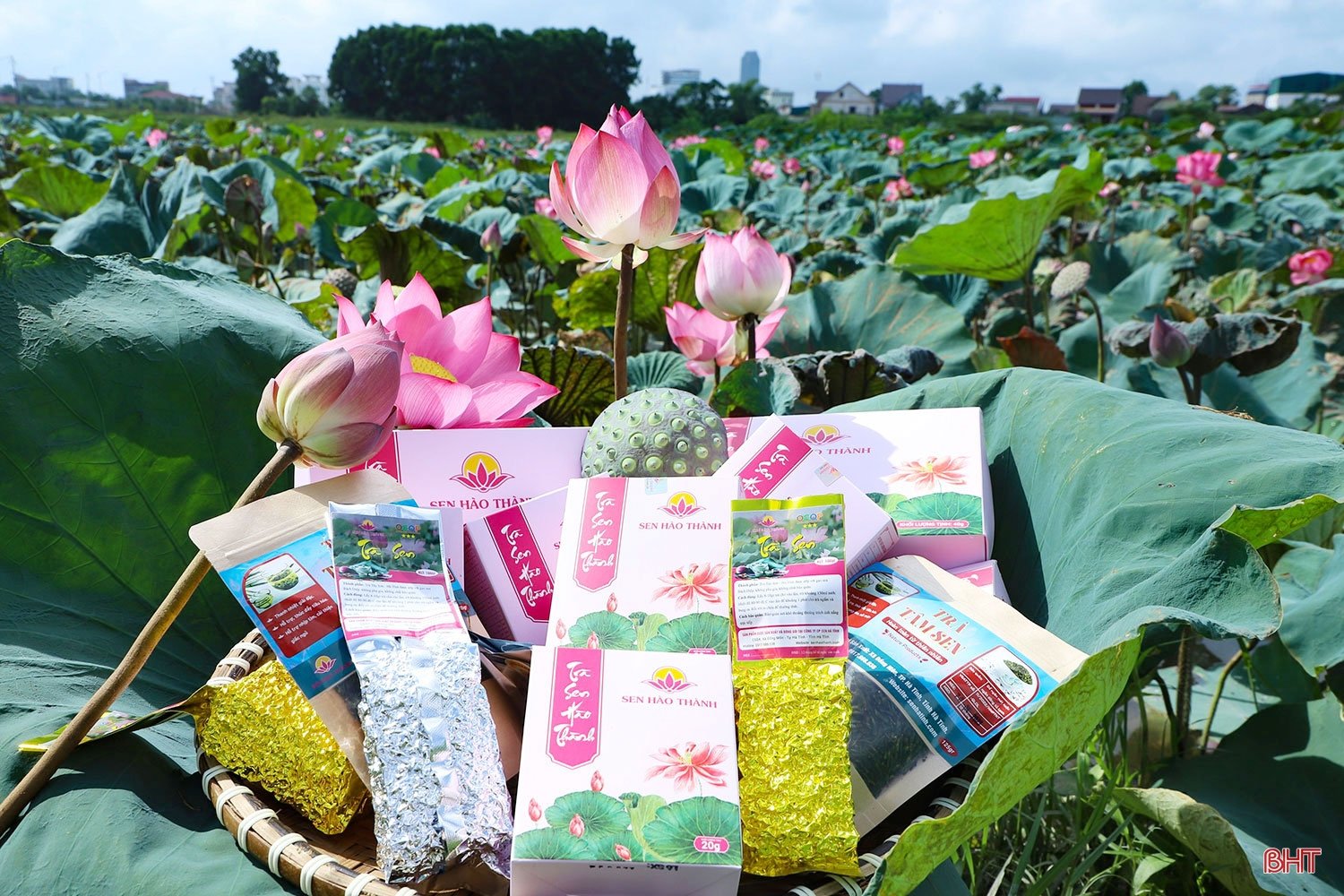
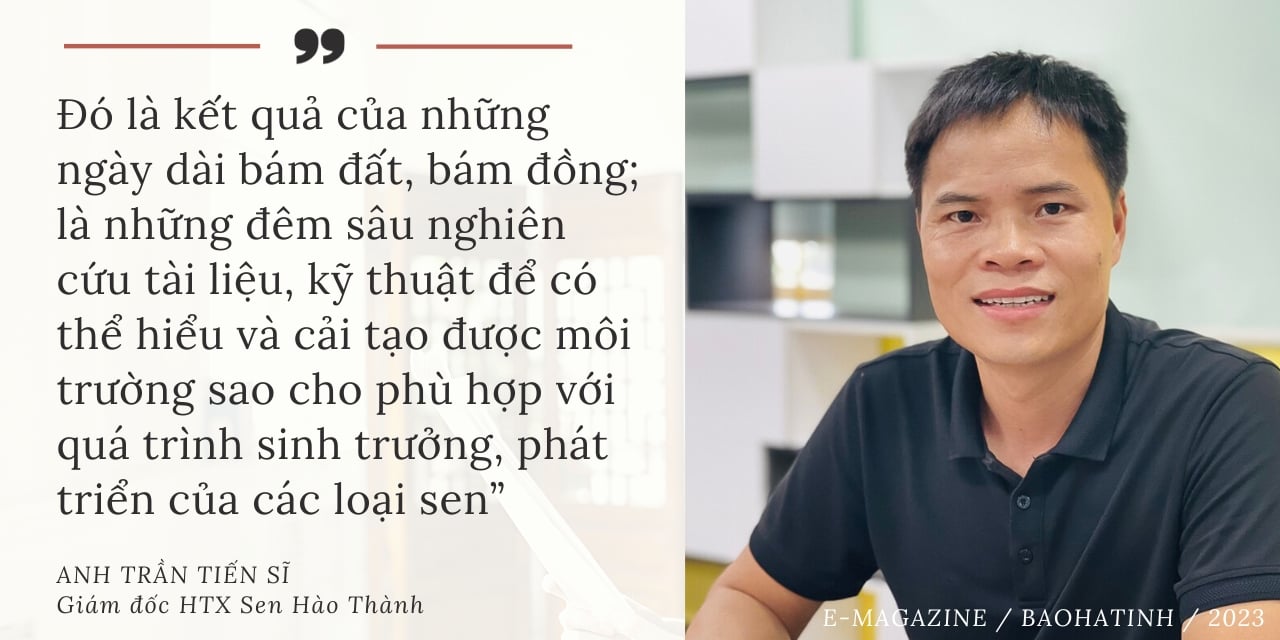
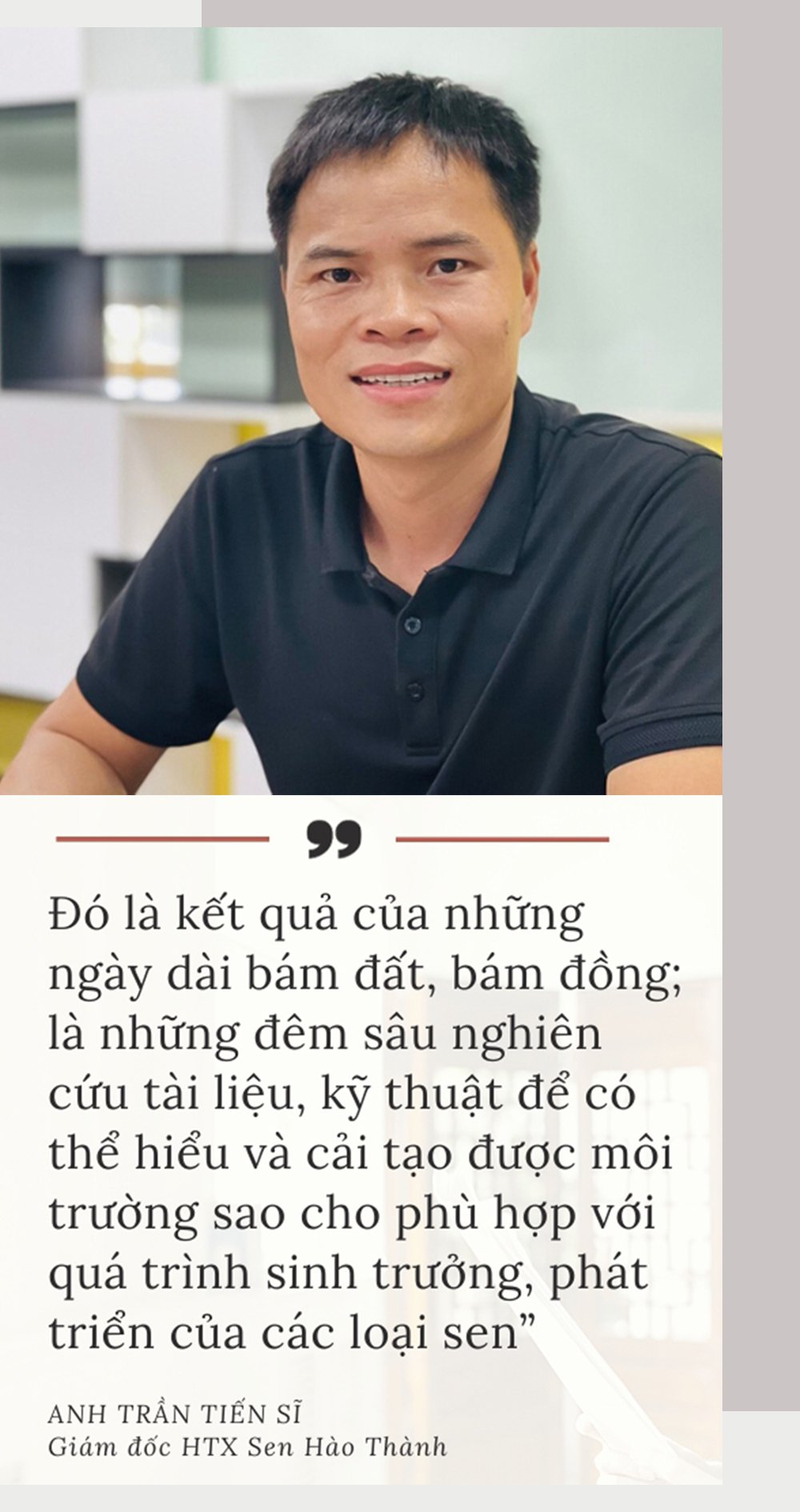
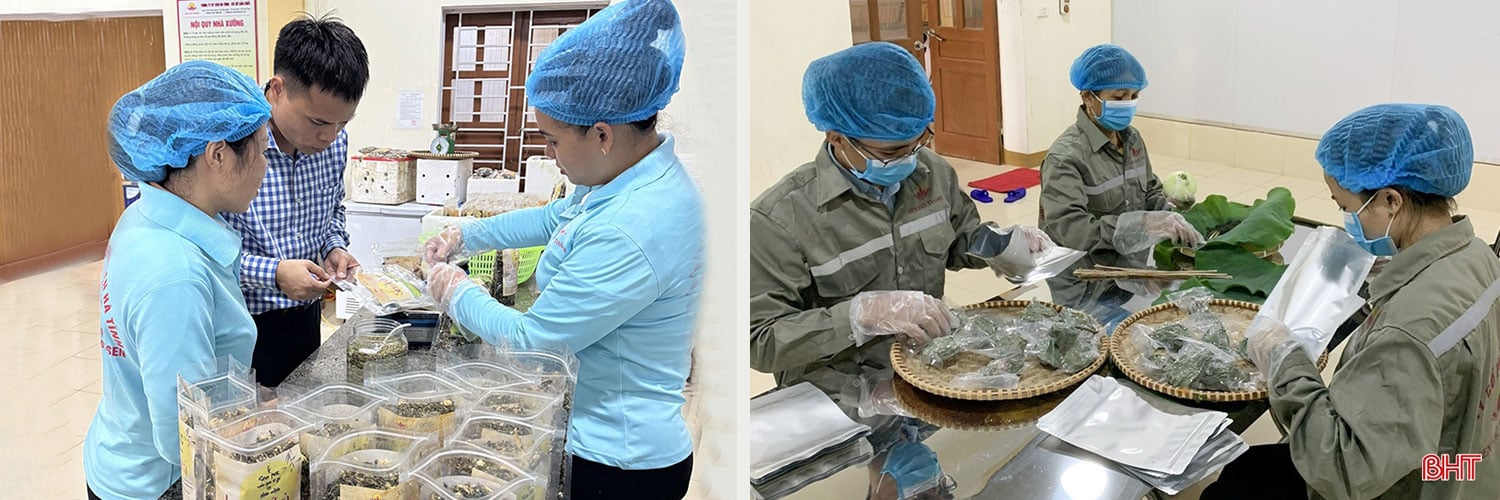
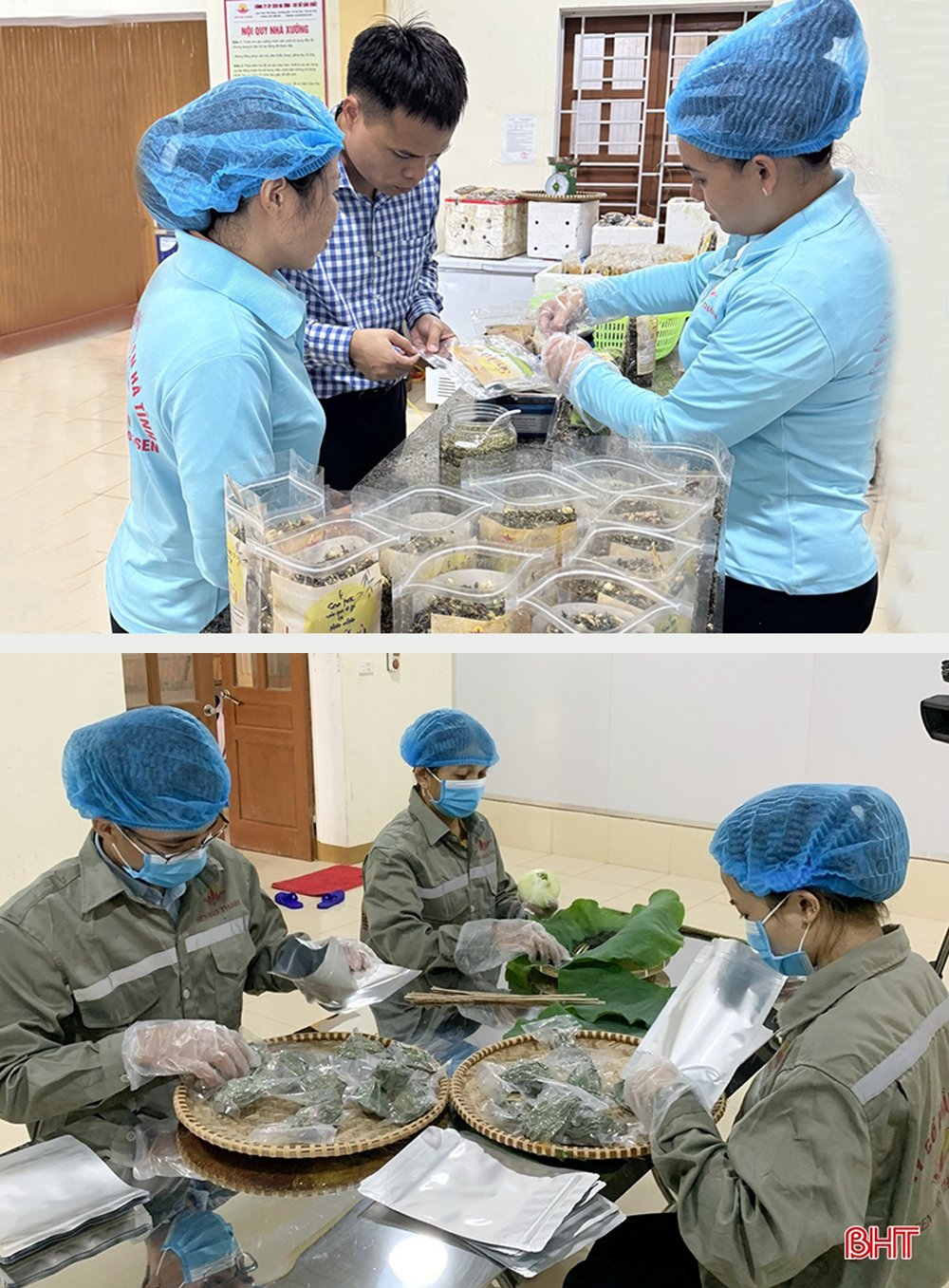
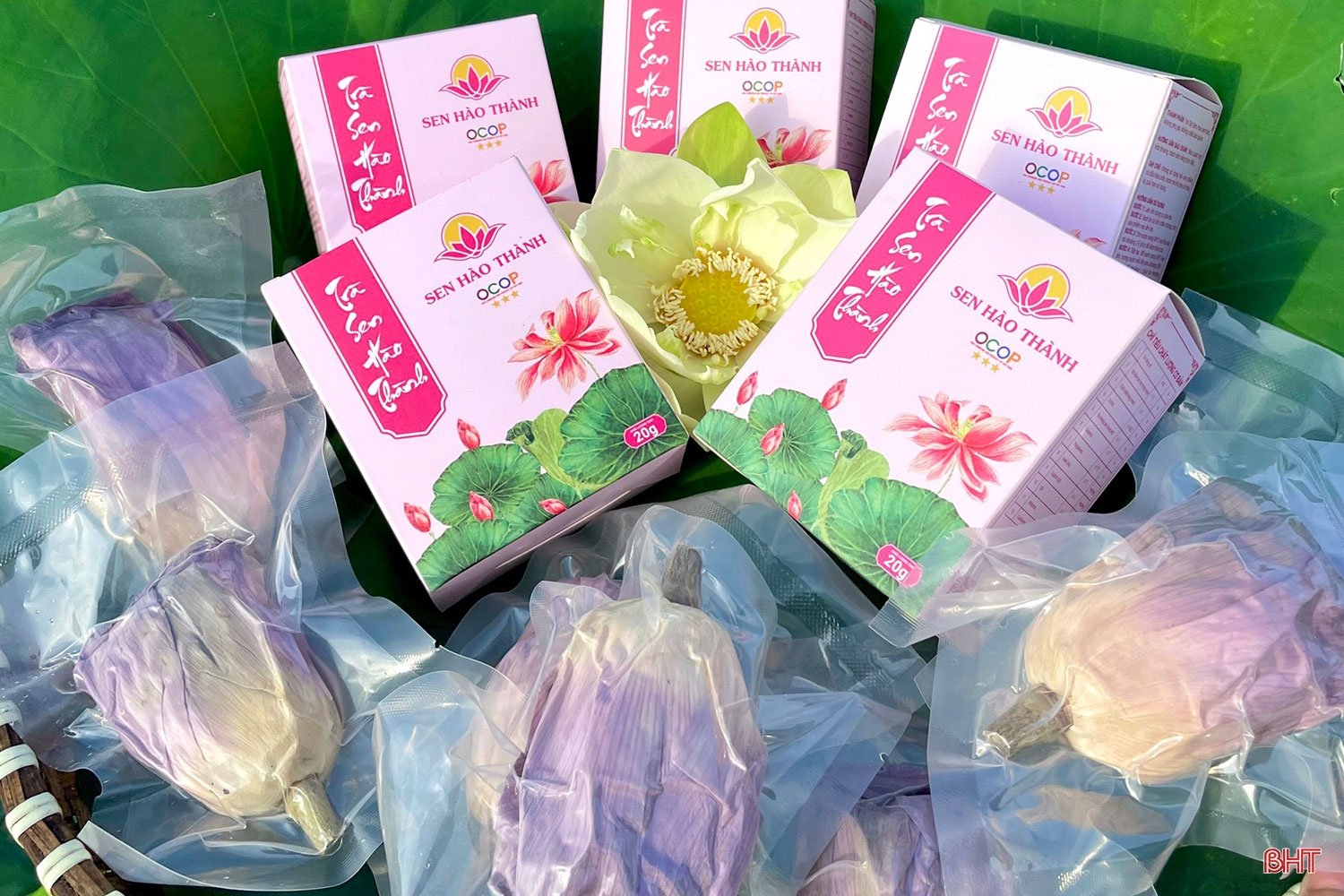
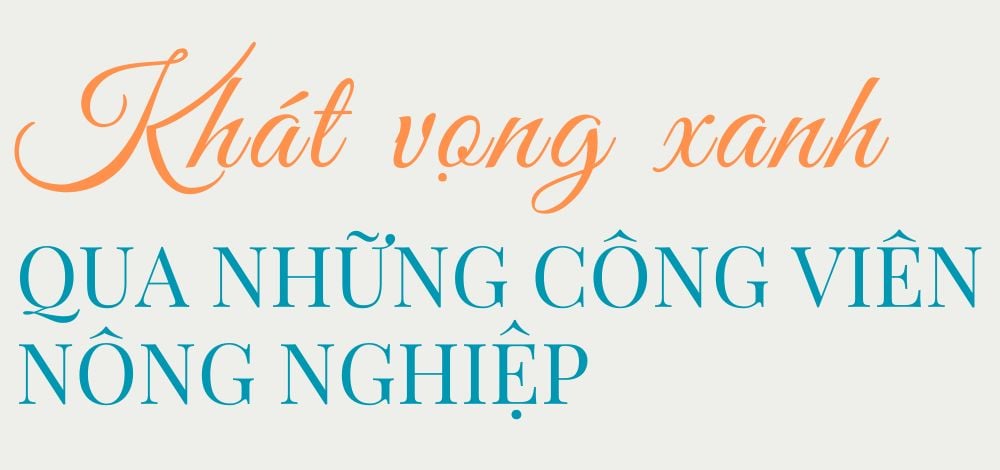
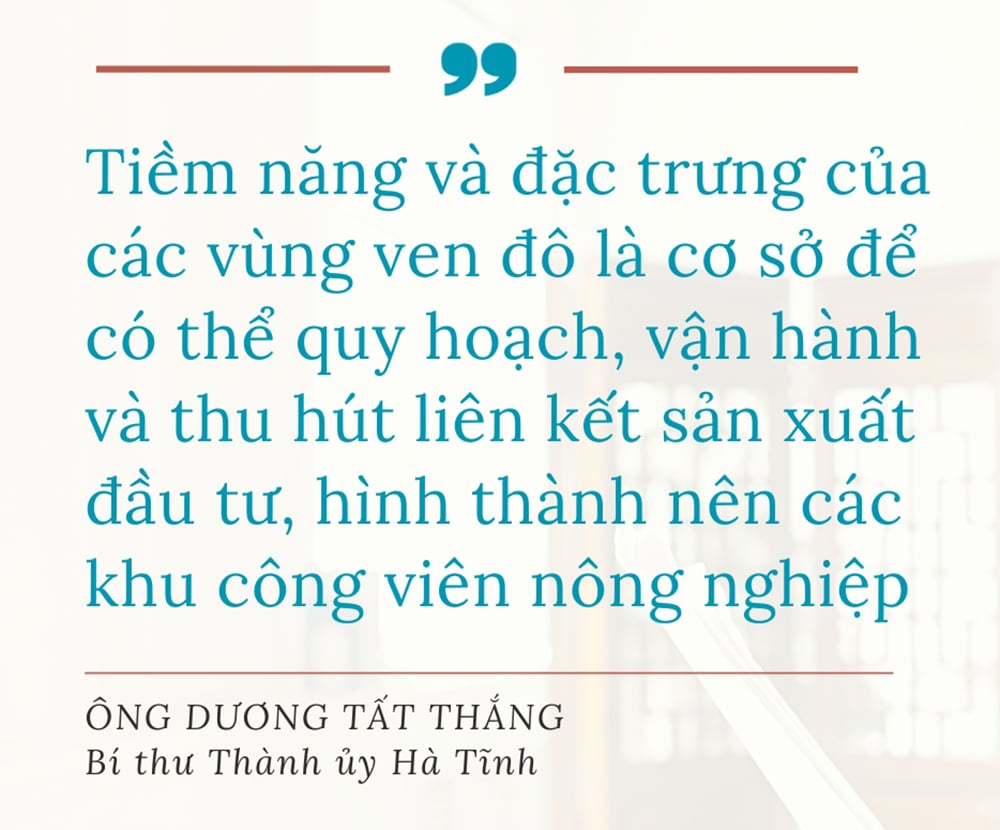
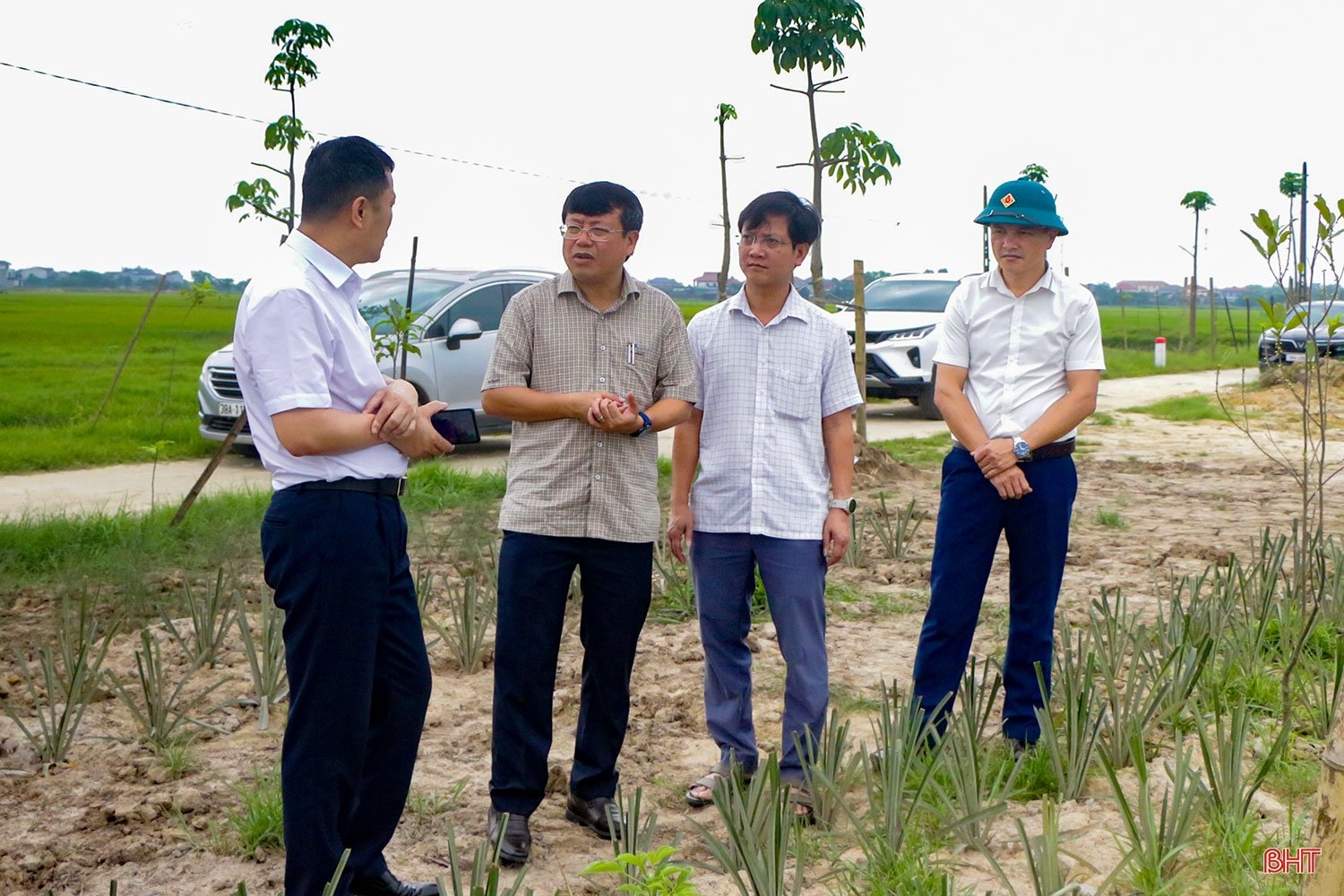
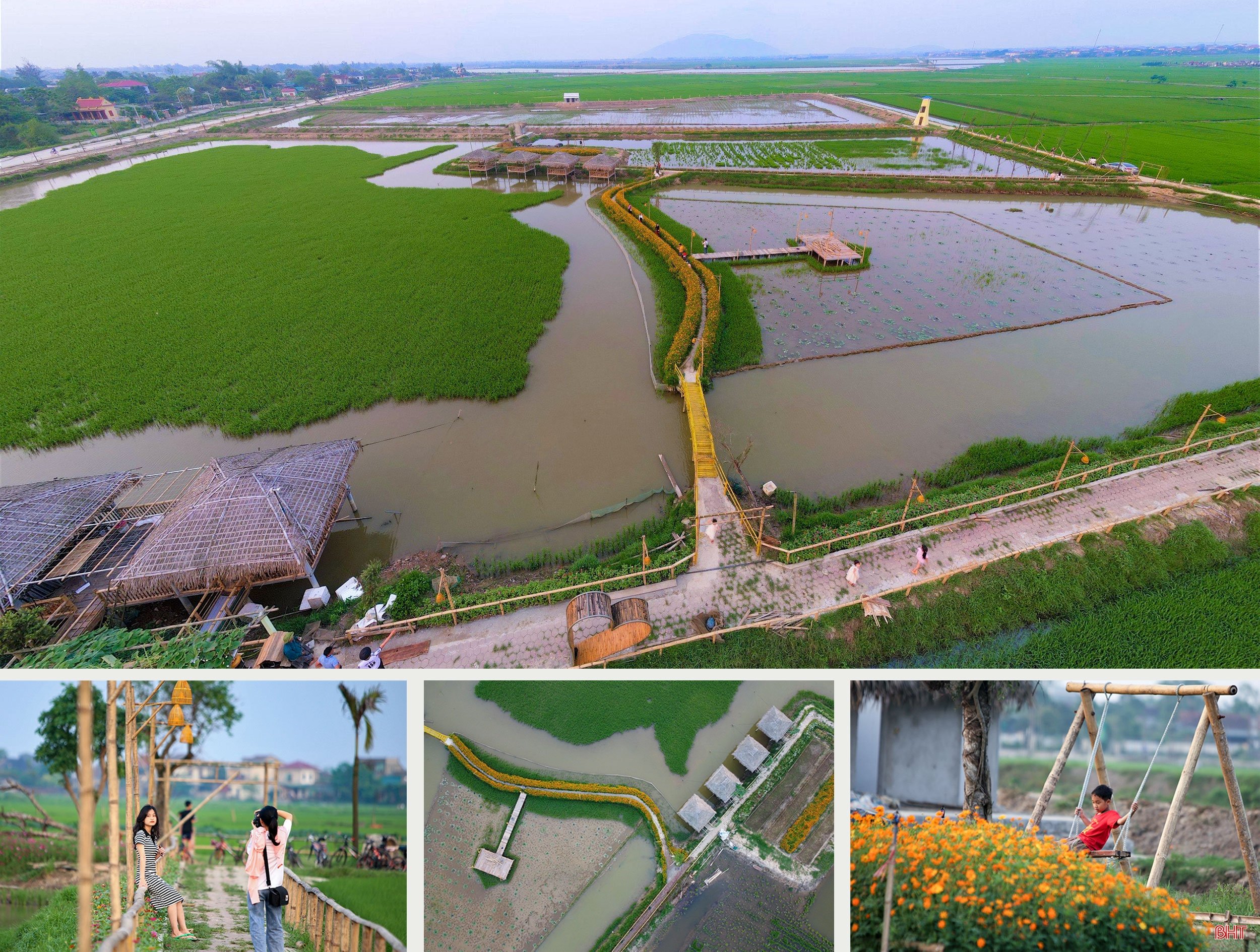
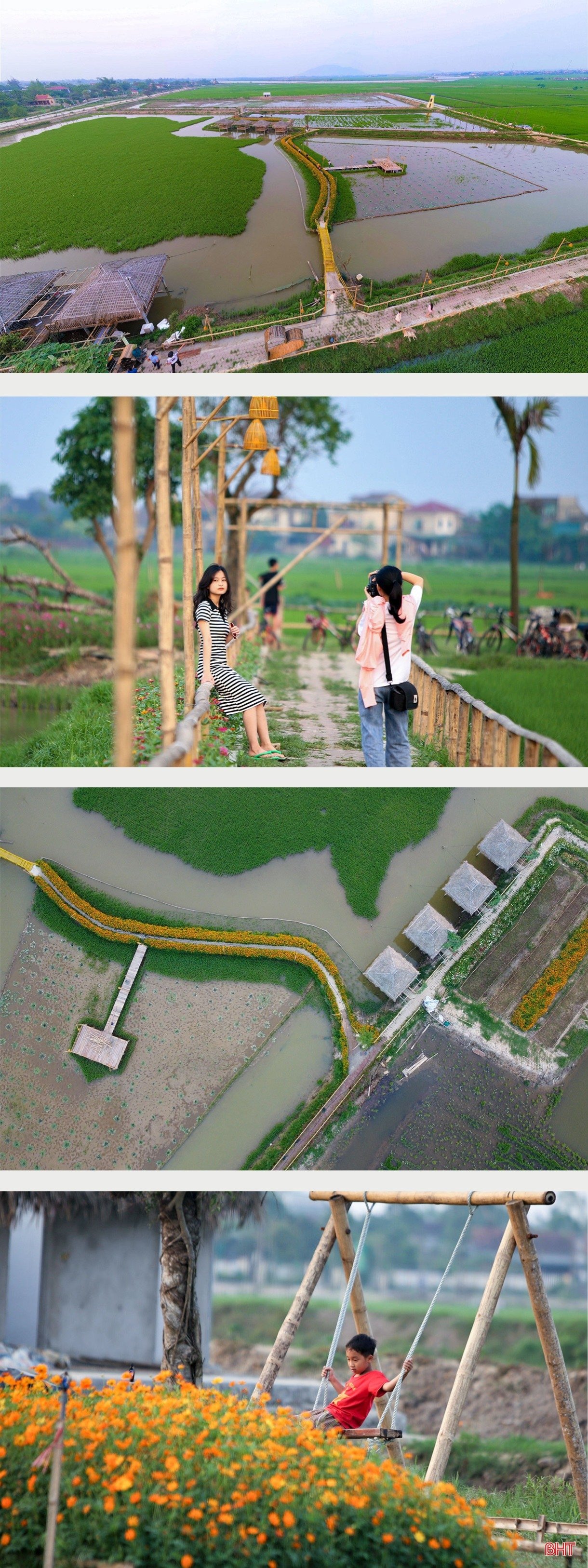
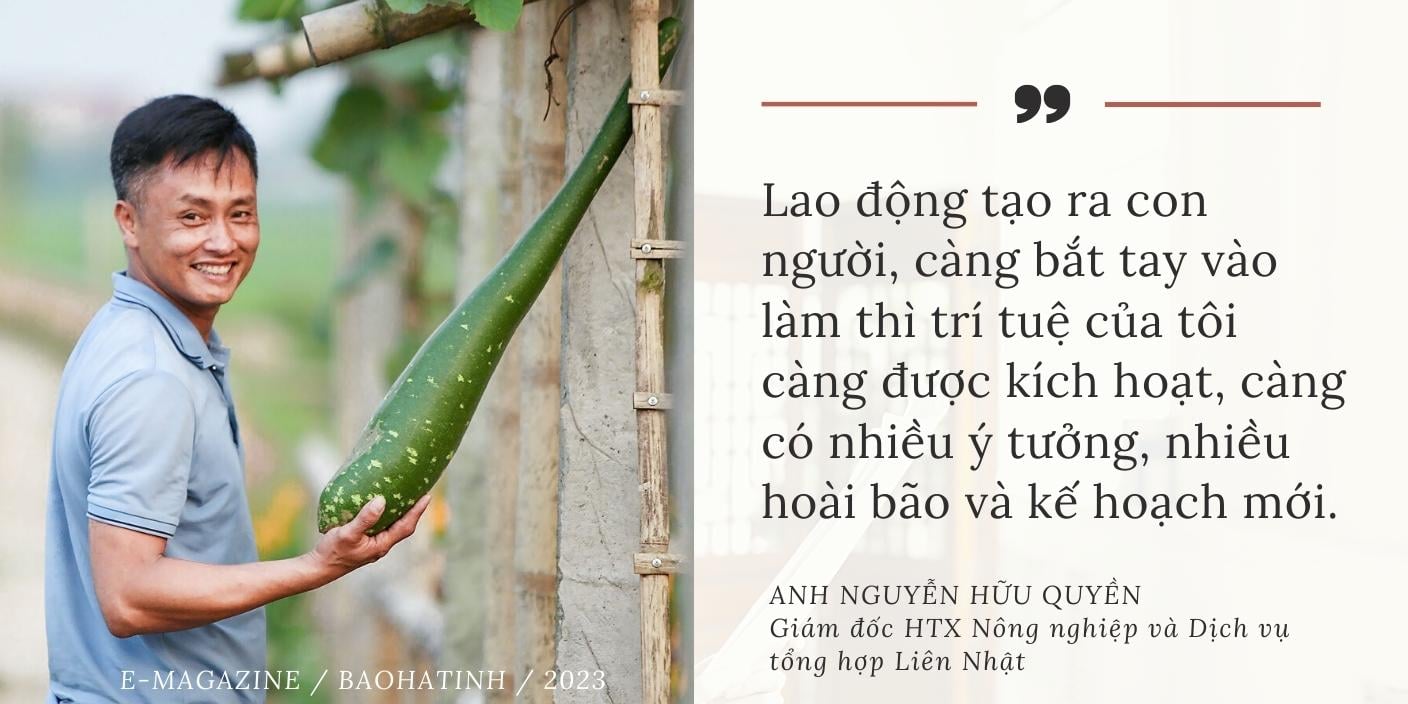
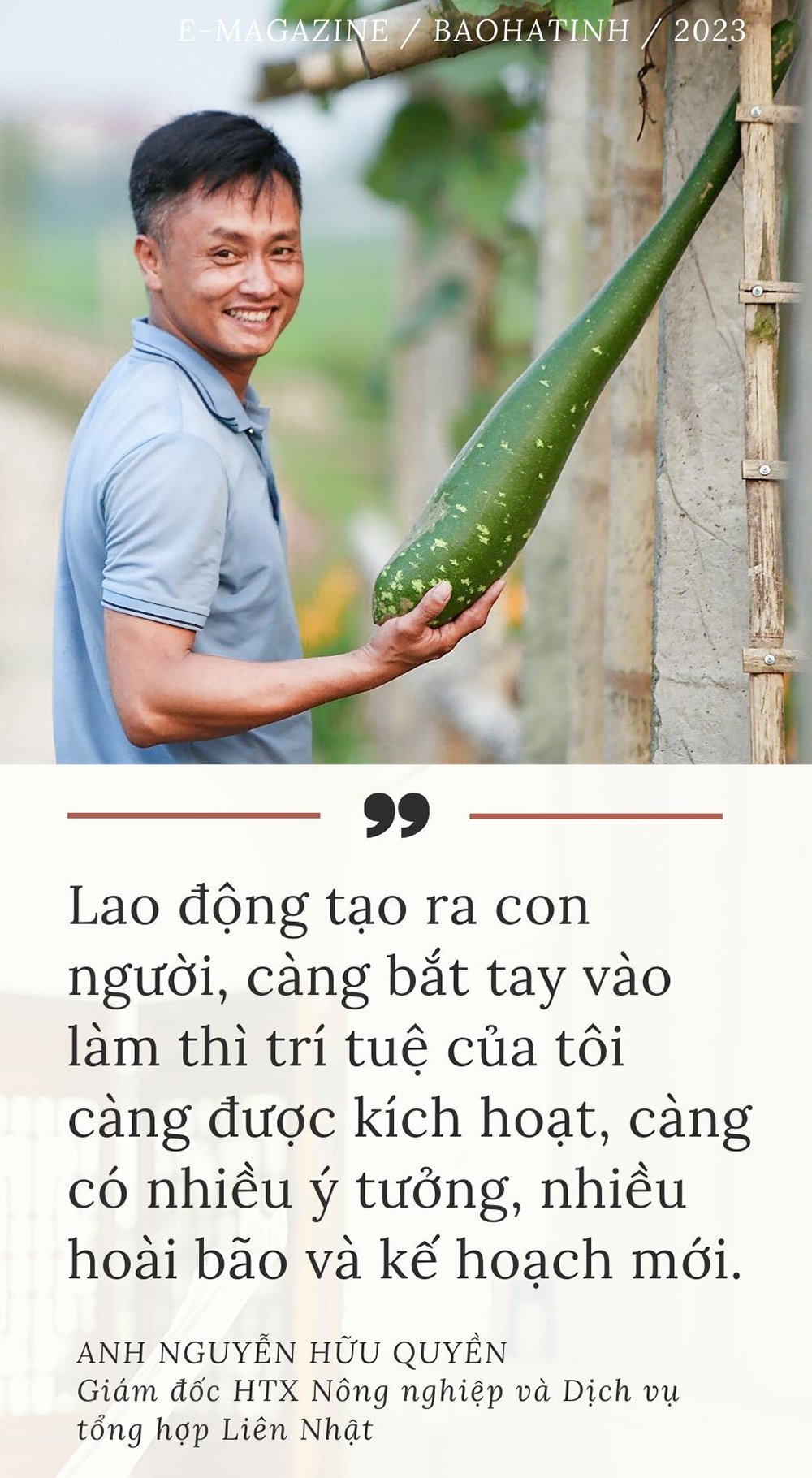
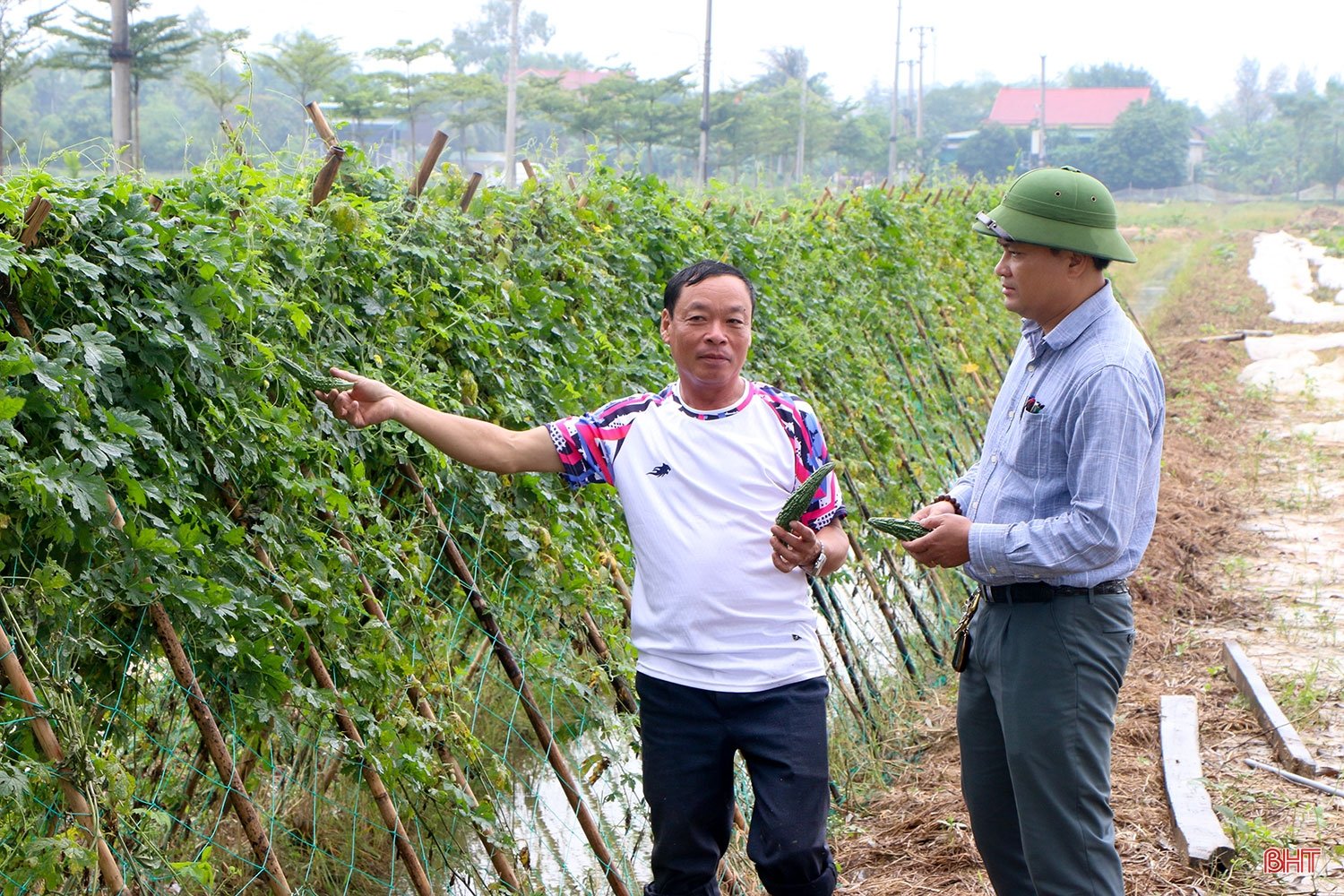
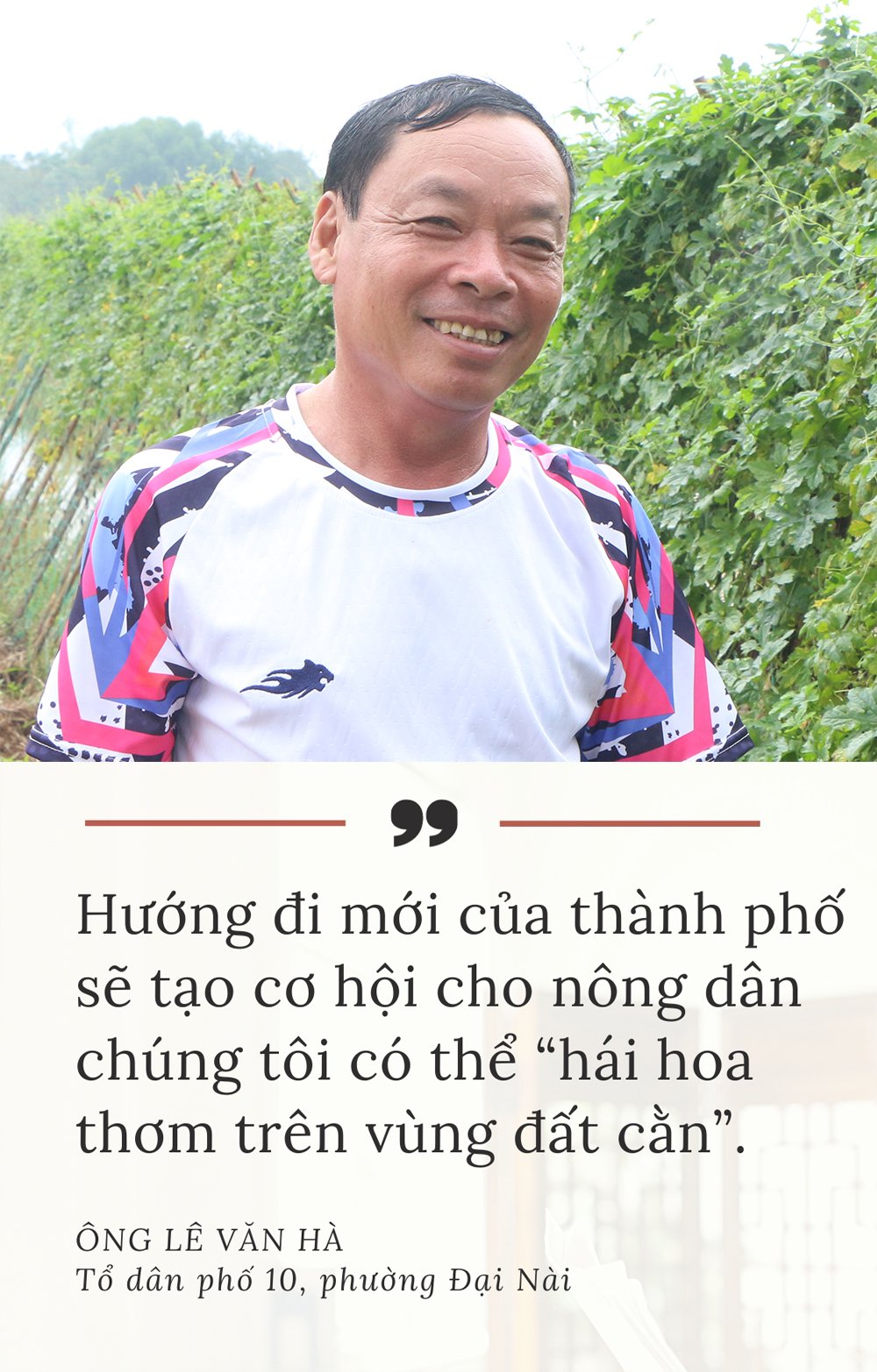
![[Photo] Unique folk games at Chuong Village Festival](https://vstatic.vietnam.vn/vietnam/resource/IMAGE/2025/4/10/cff805a06fdd443b9474c017f98075a4)
![[Photo] April Festival in Can Tho City](https://vstatic.vietnam.vn/vietnam/resource/IMAGE/2025/4/10/bf5ae82870e648fabfbcc93a25b481ea)

![[Photo] Opening of the 11th Conference of the 13th Party Central Committee](https://vstatic.vietnam.vn/vietnam/resource/IMAGE/2025/4/10/f9e717b67de343d7b687cb419c0829a2)
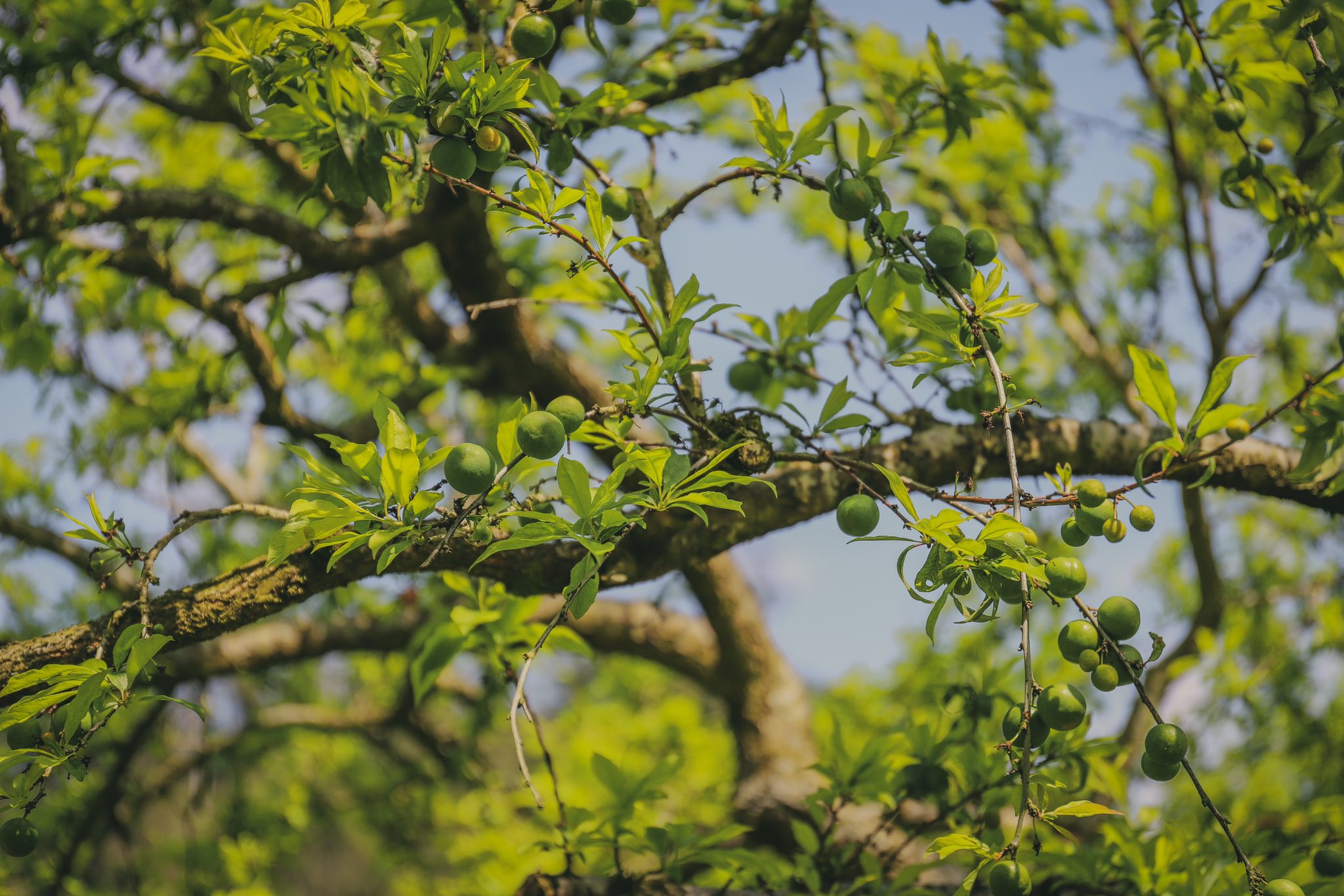

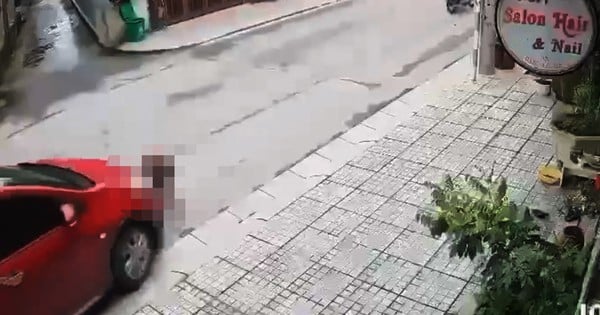

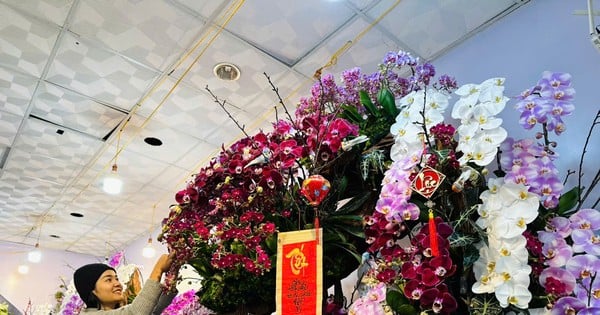
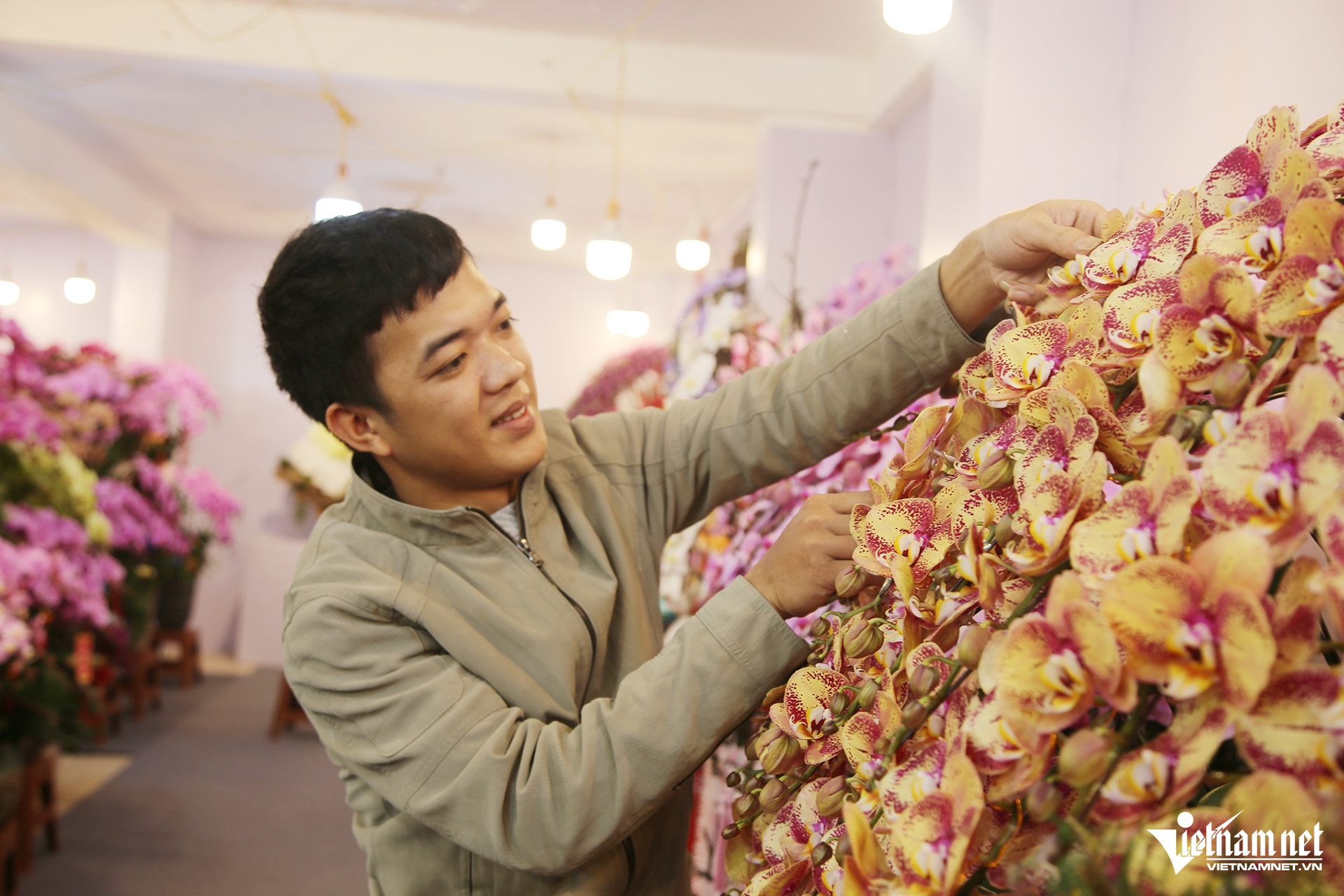

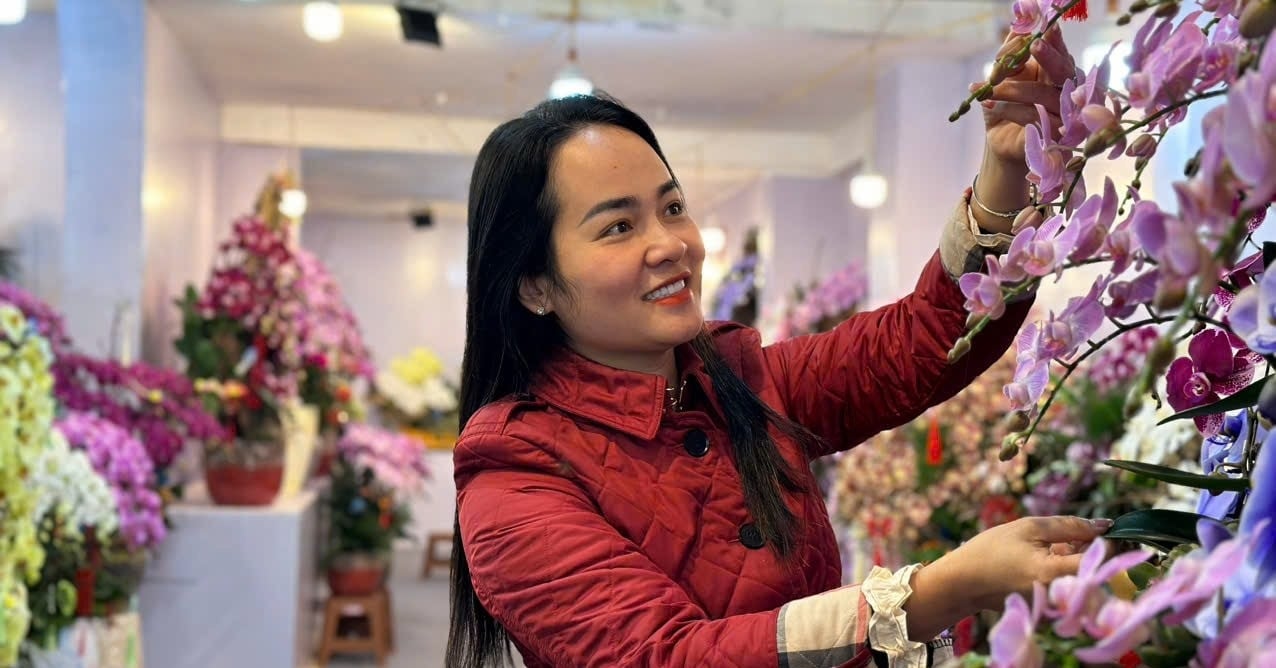
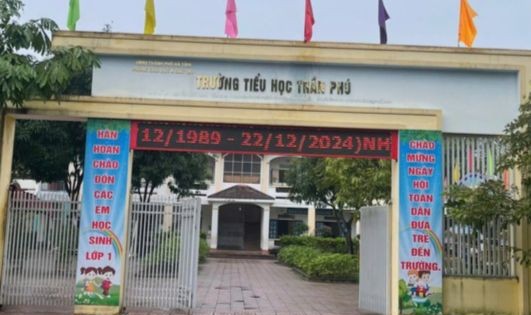

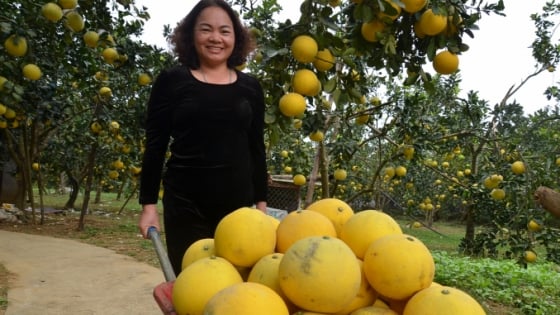

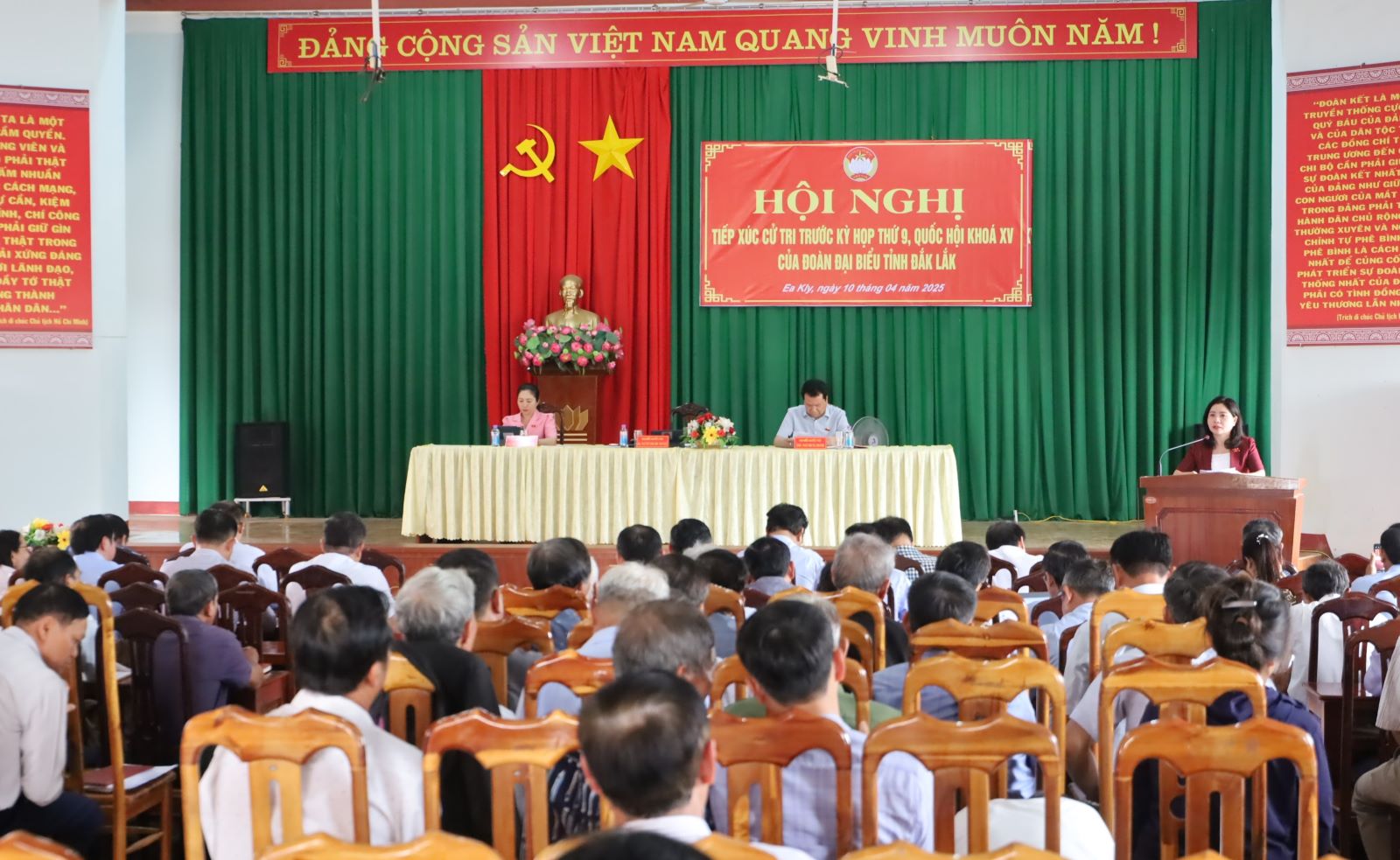
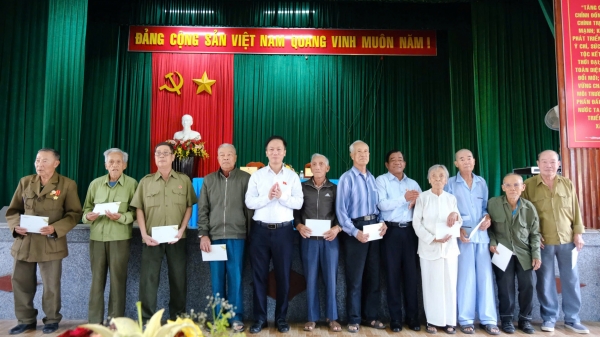
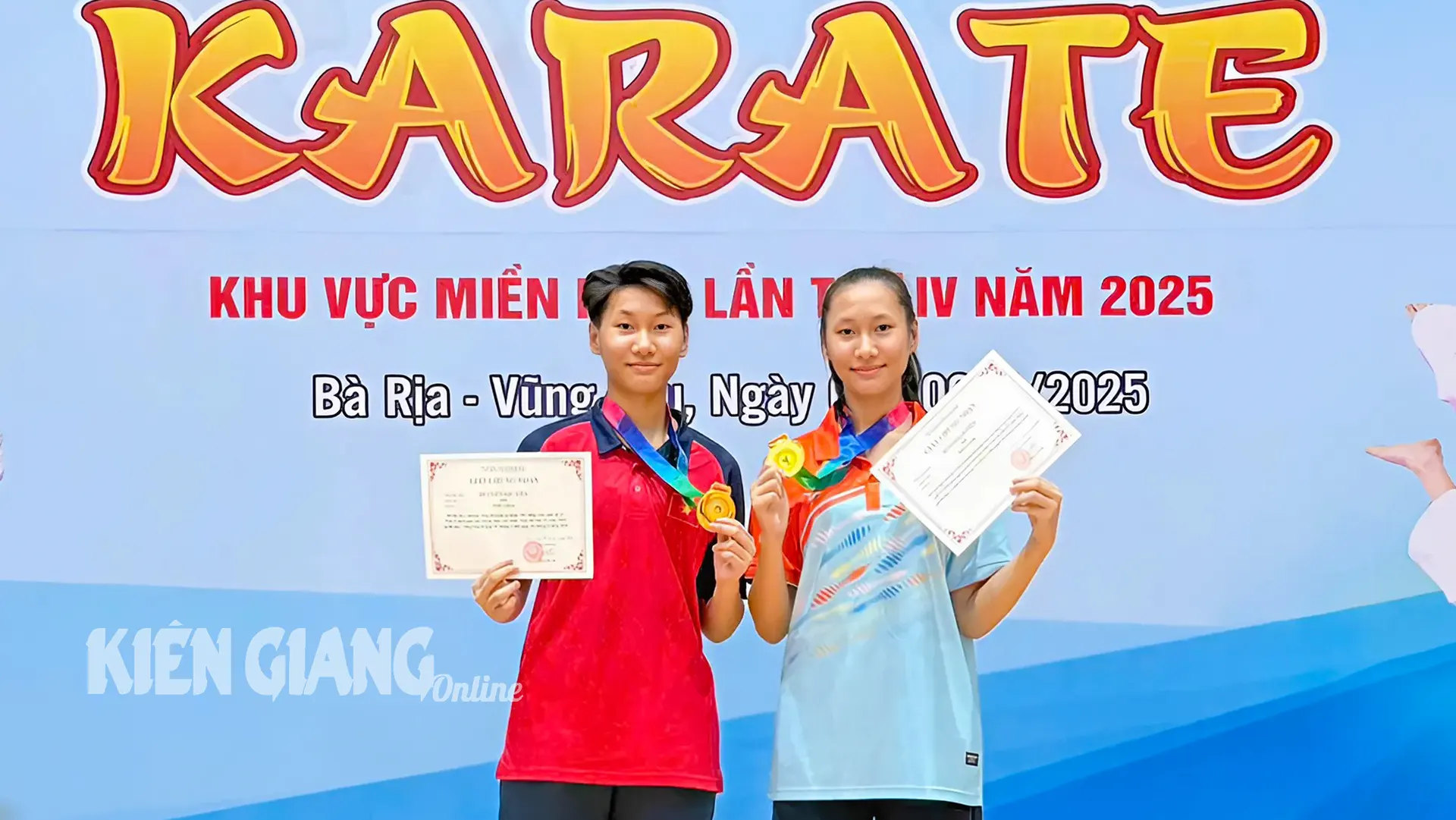
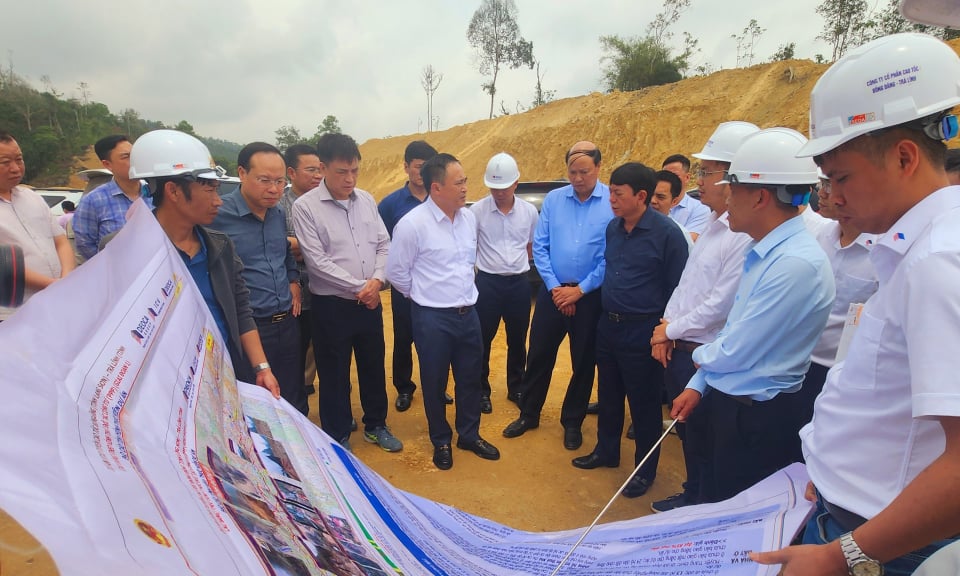
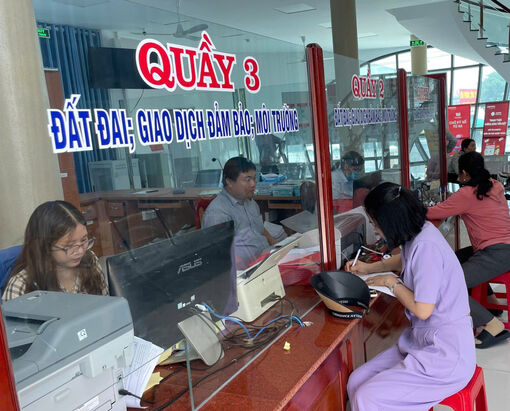
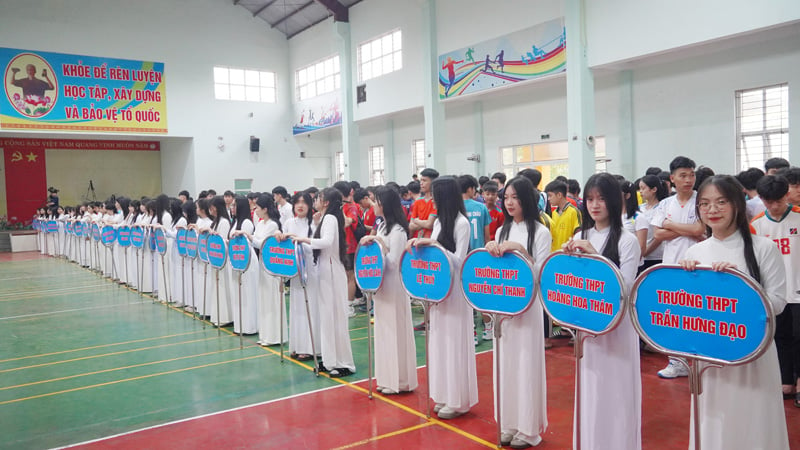




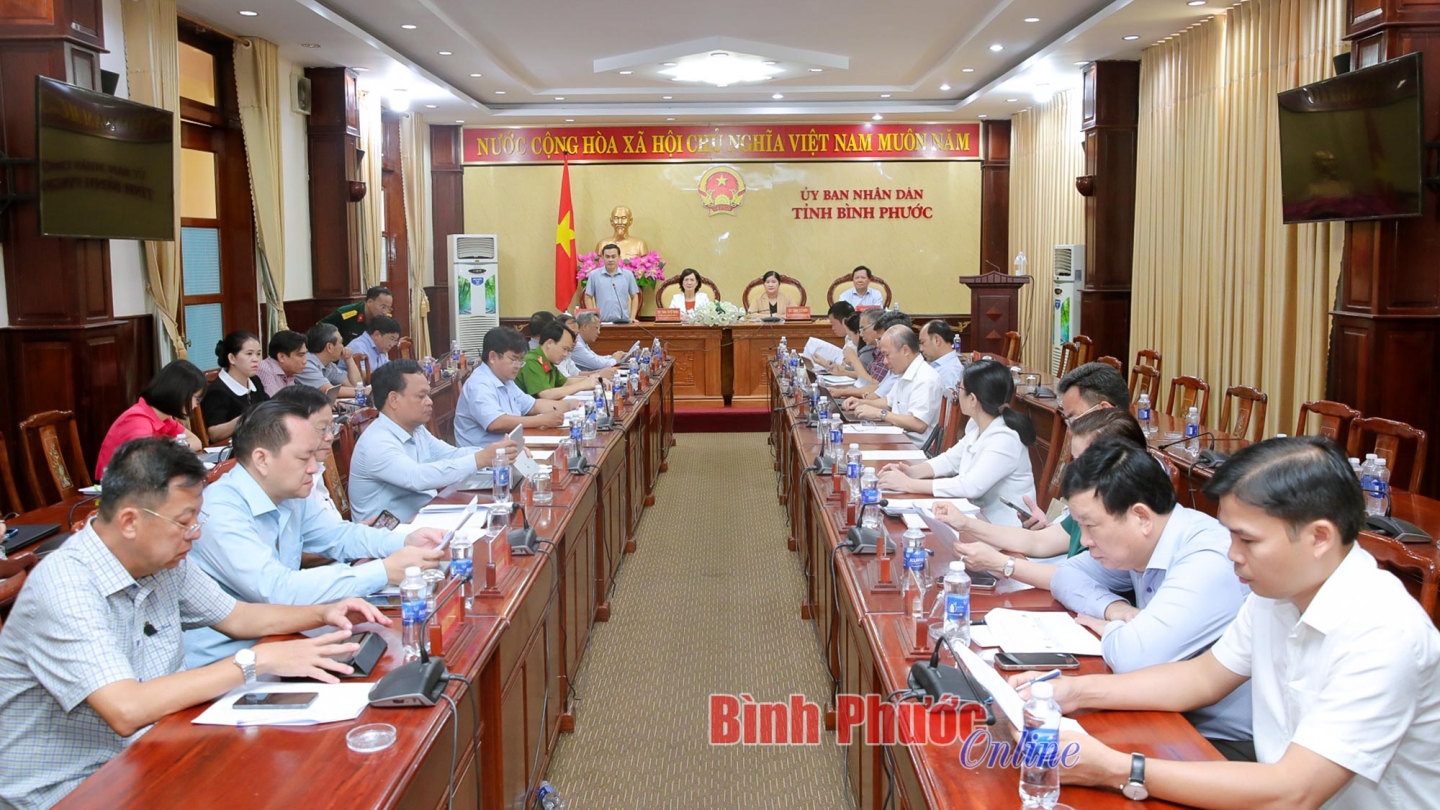
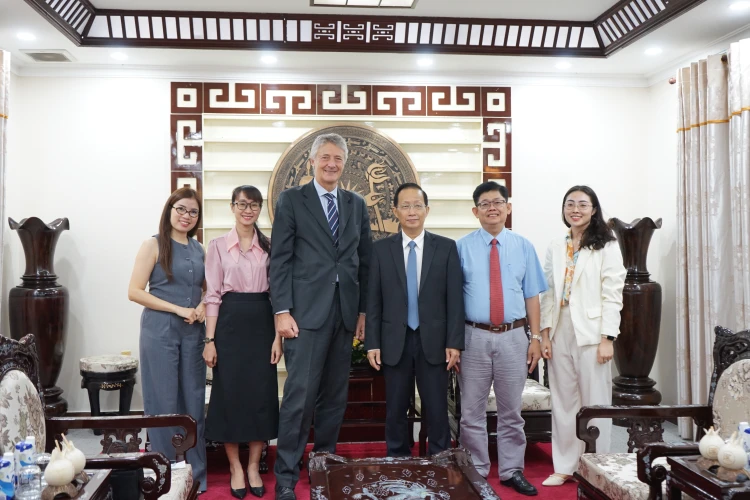
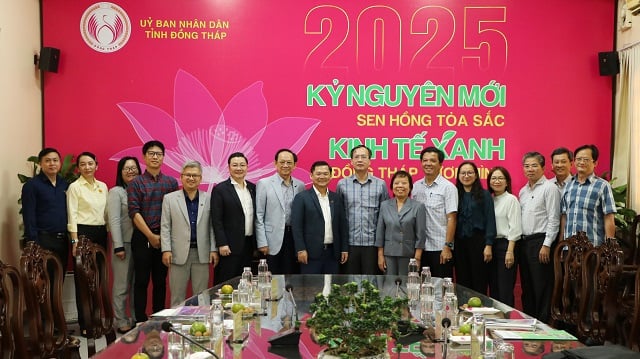
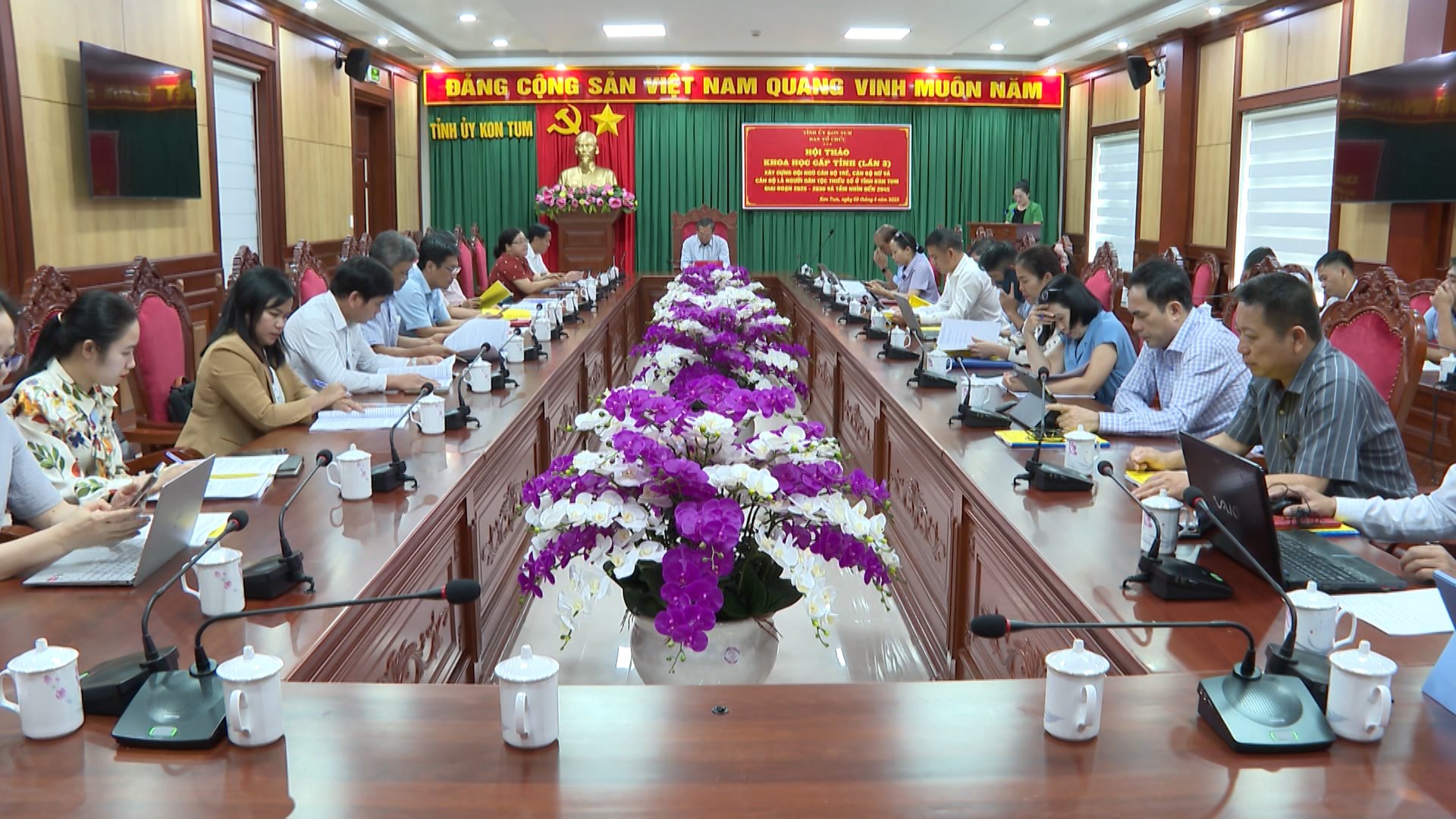
![[Photo] Prime Minister Pham Minh Chinh commends forces supporting Myanmar in overcoming earthquake consequences](https://vstatic.vietnam.vn/vietnam/resource/IMAGE/2025/4/10/e844656d18bd433f913182fbc2f35ec2)


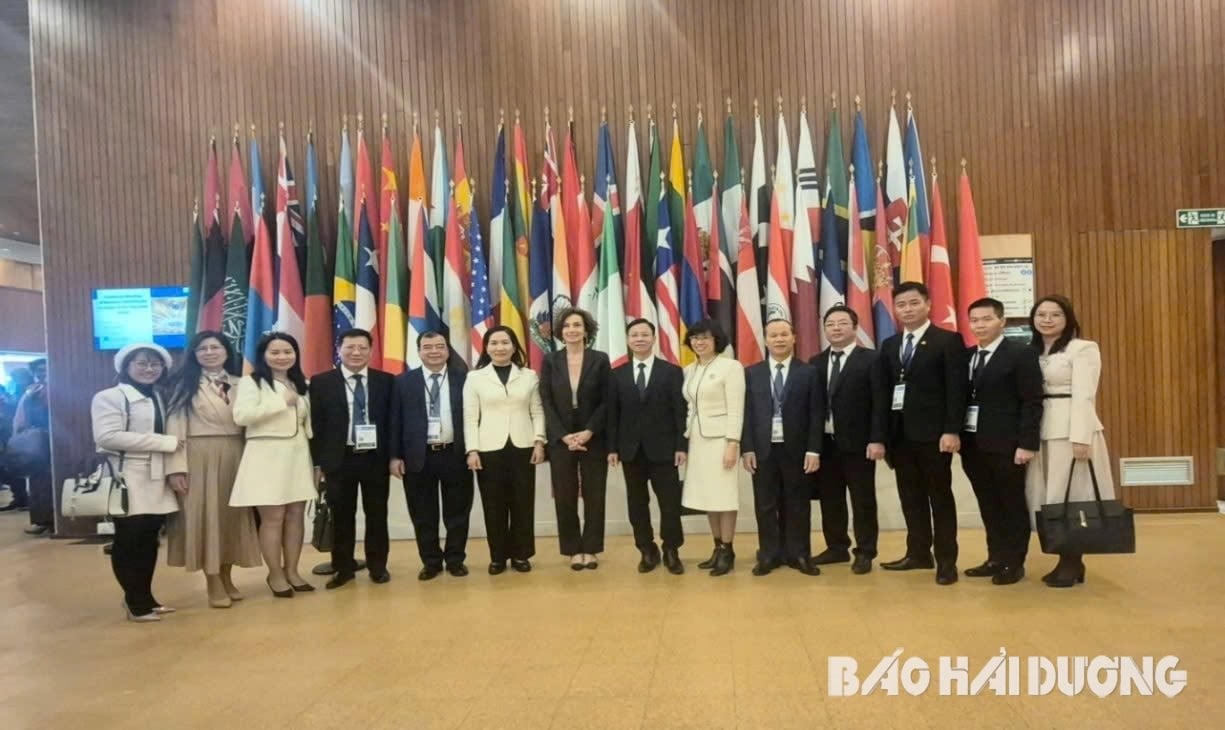





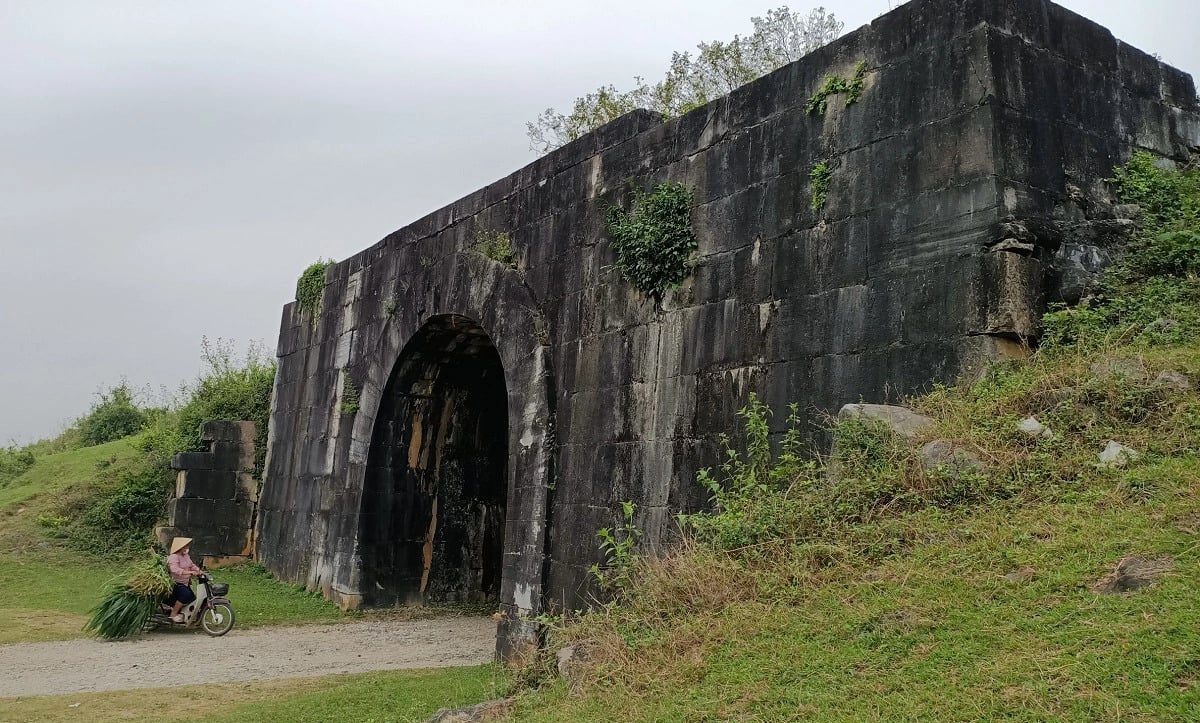









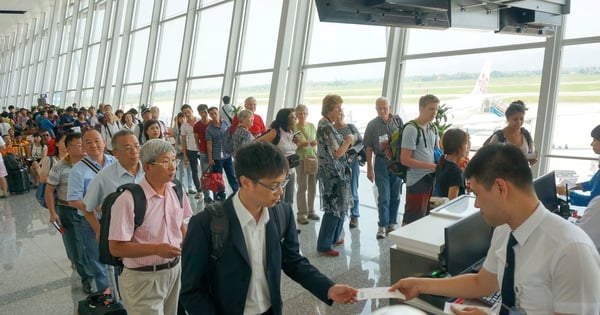

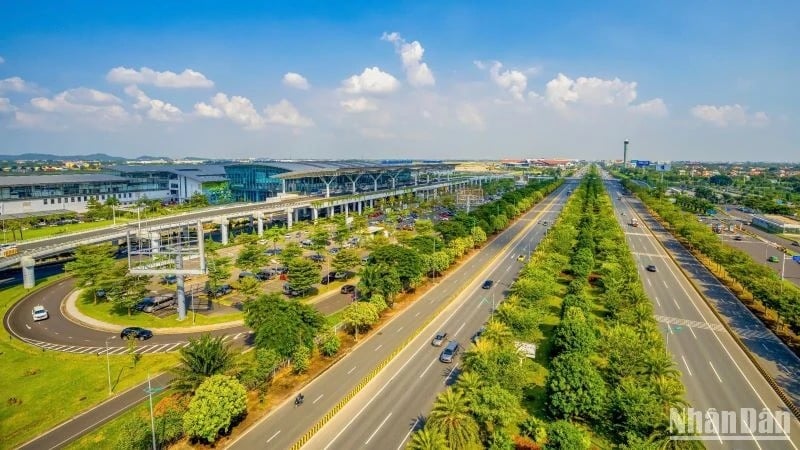



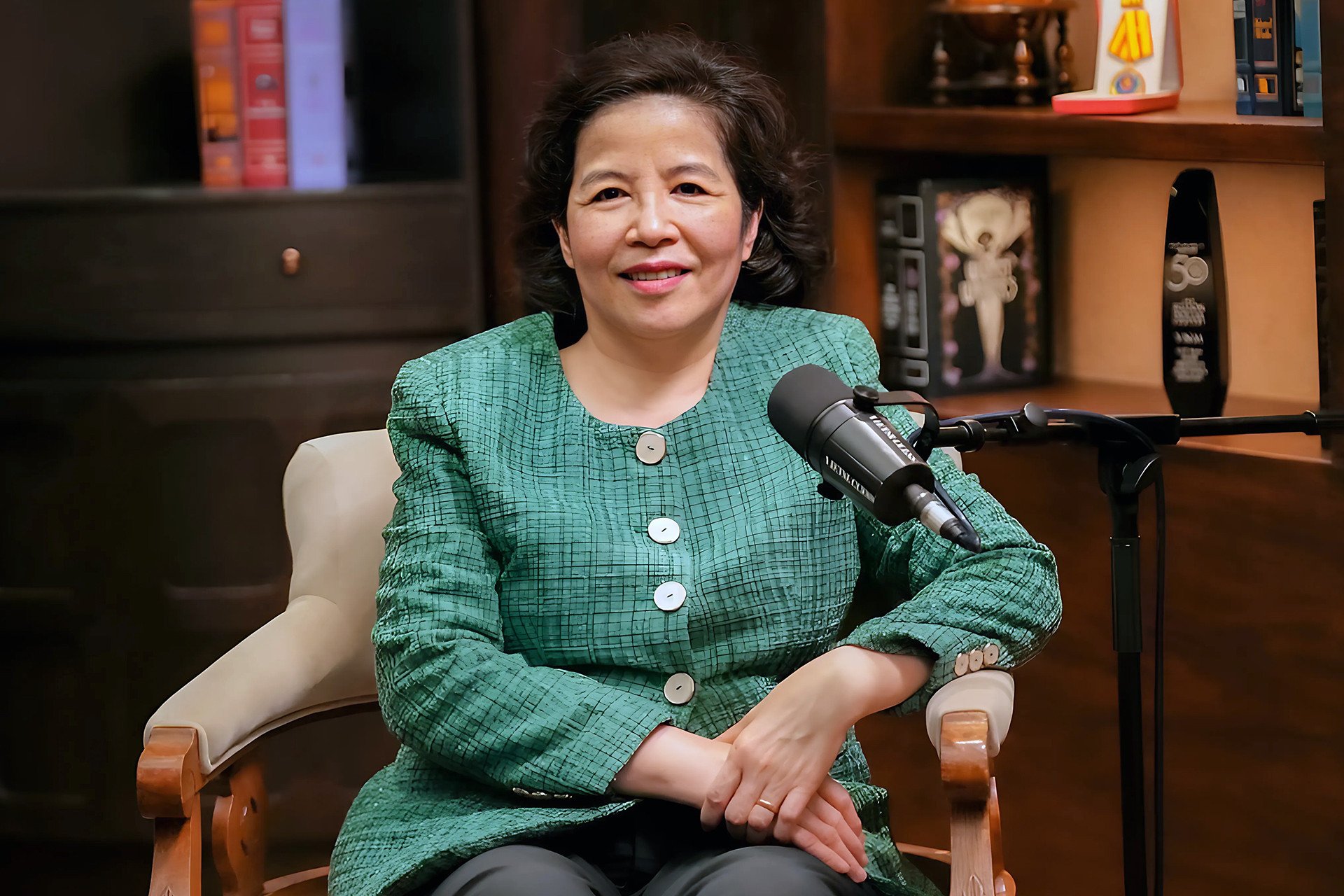
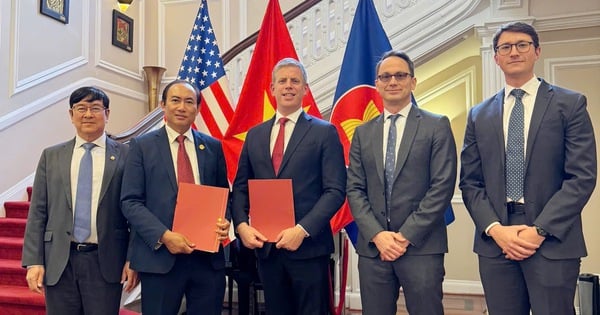




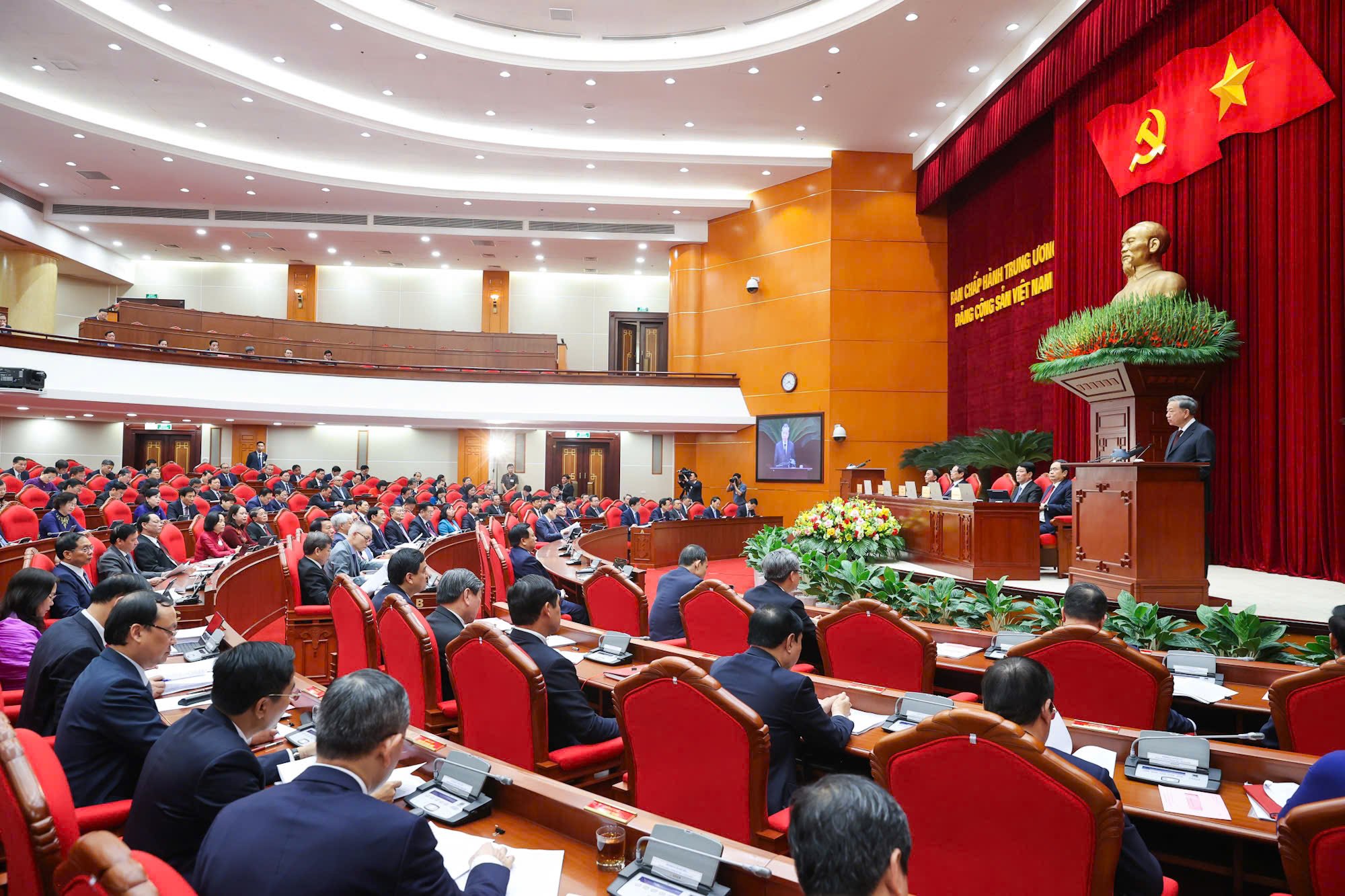
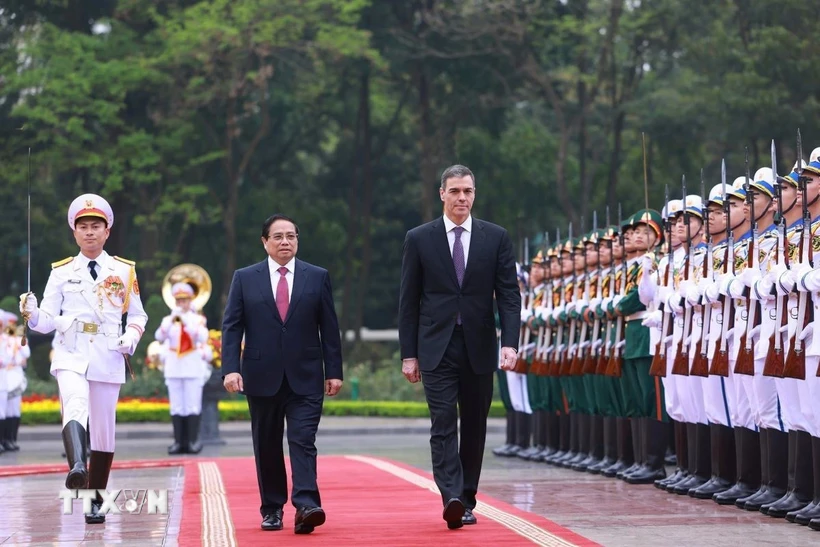

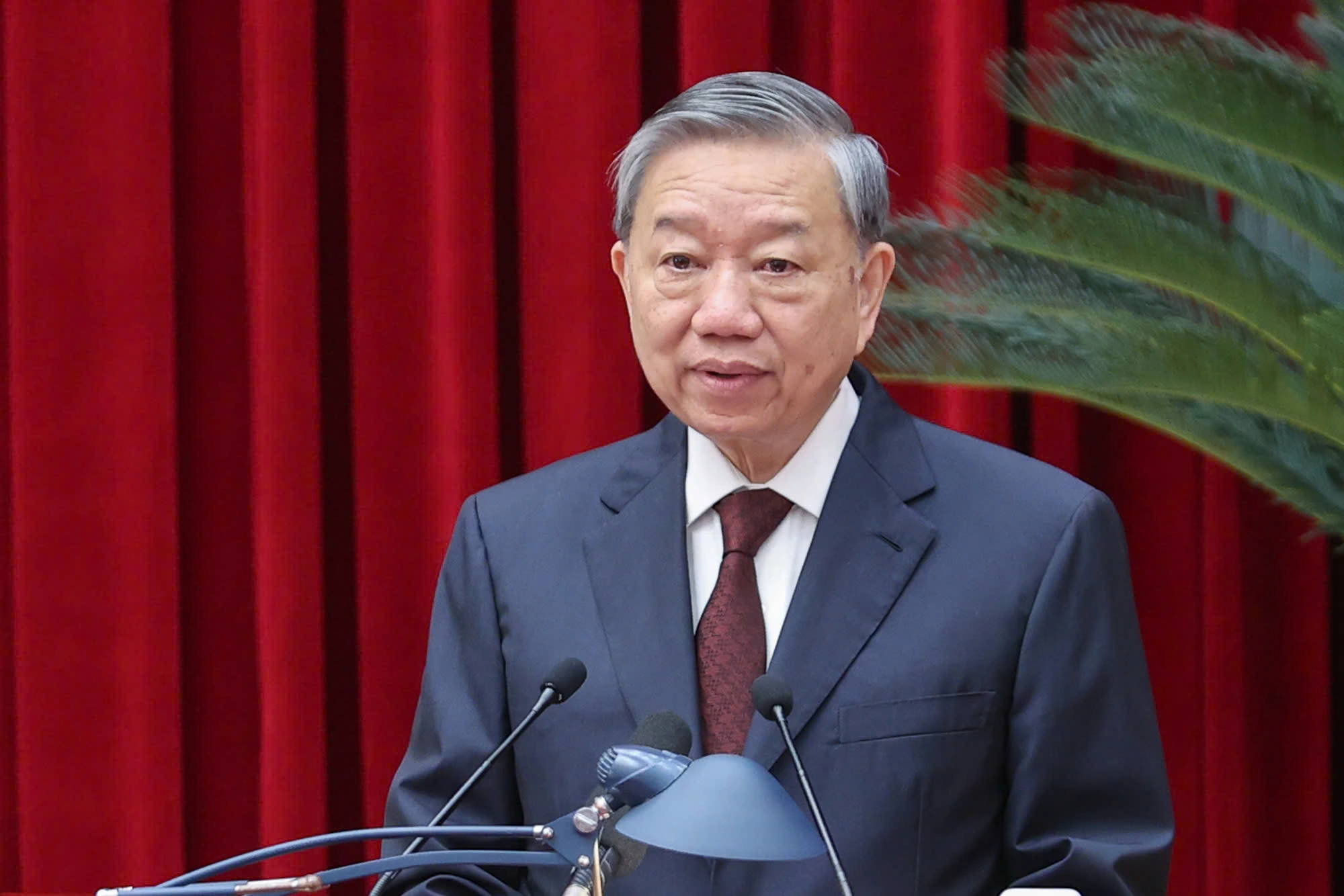
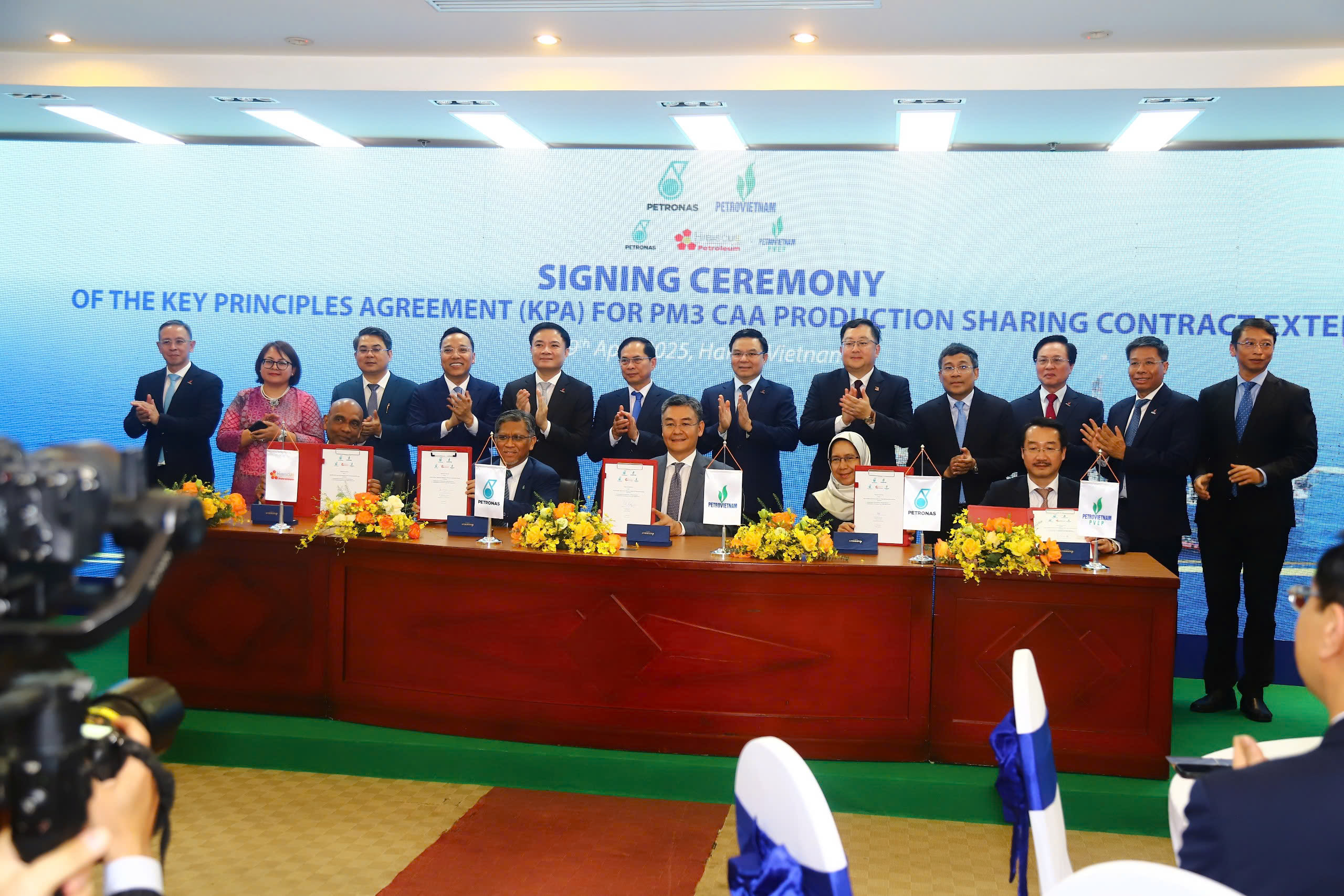

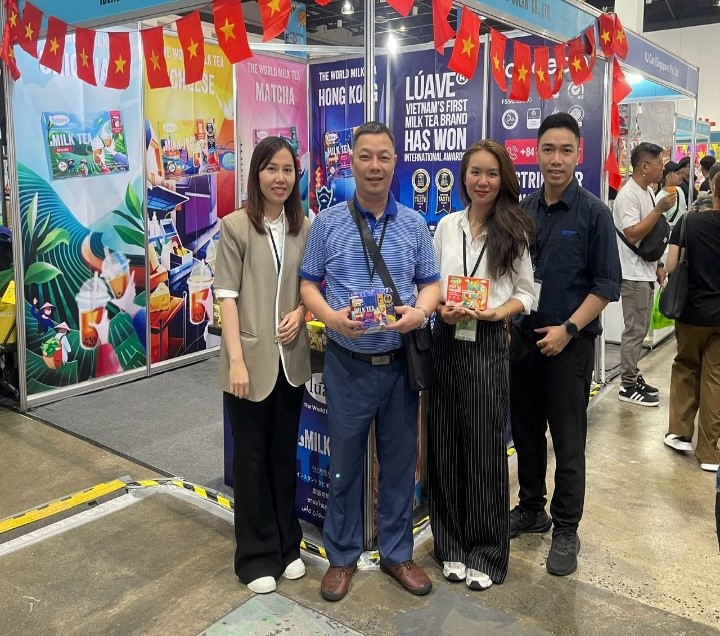


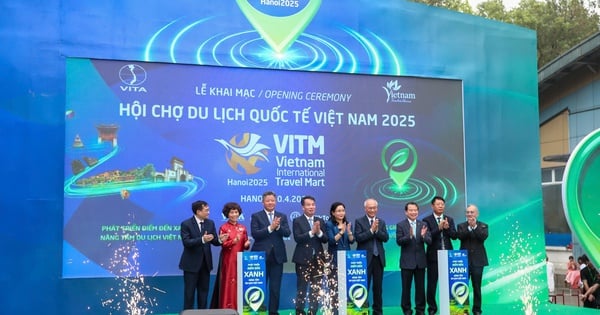

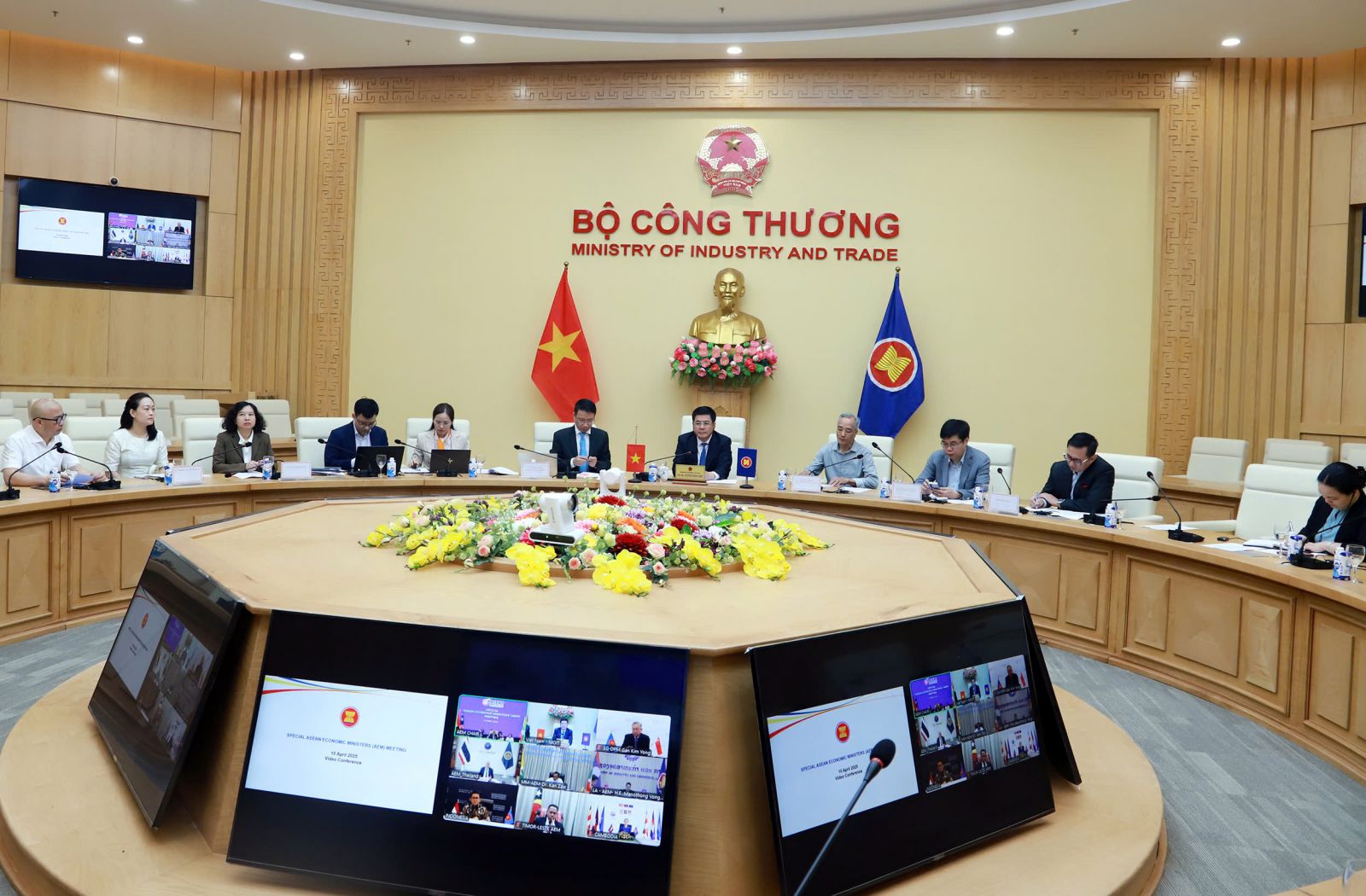
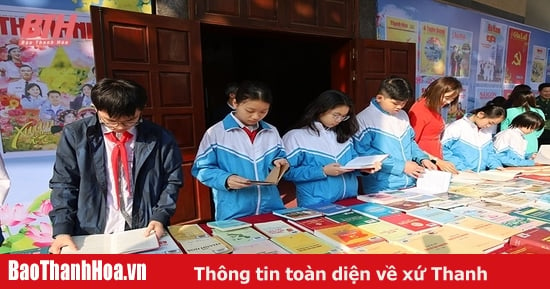

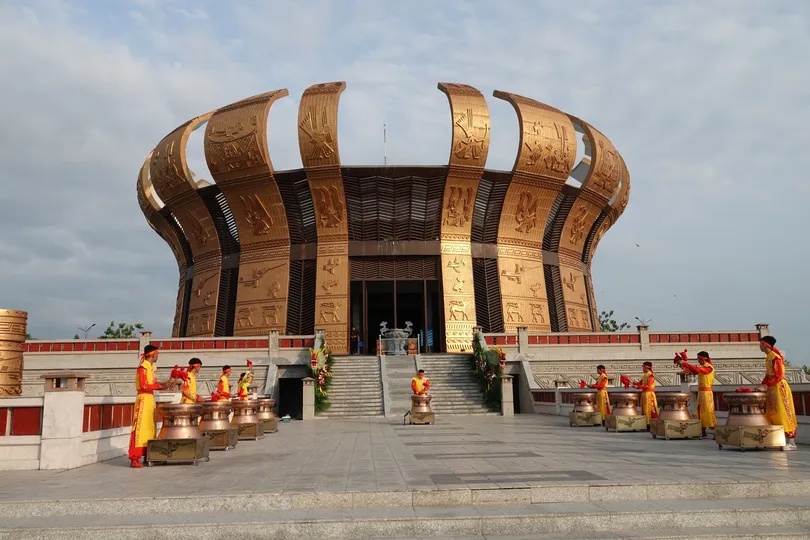

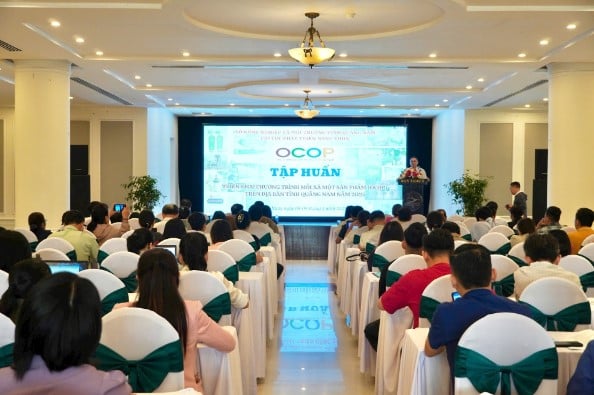

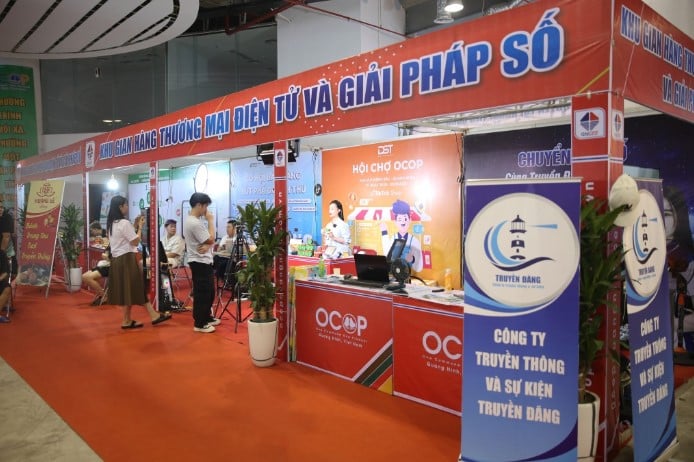
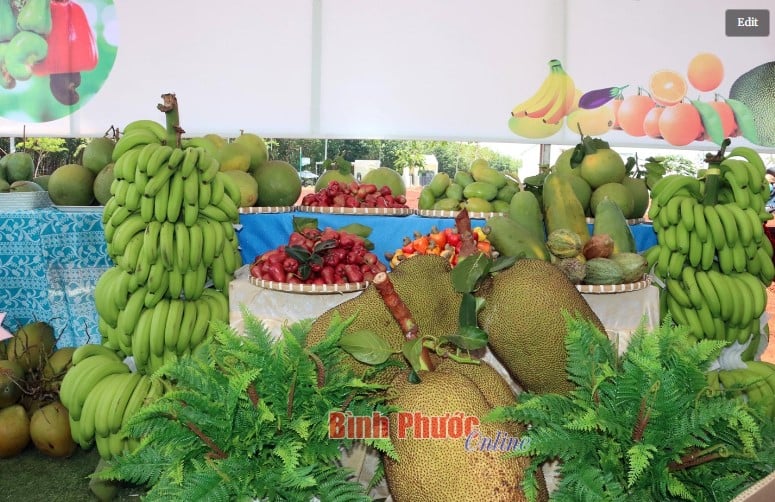
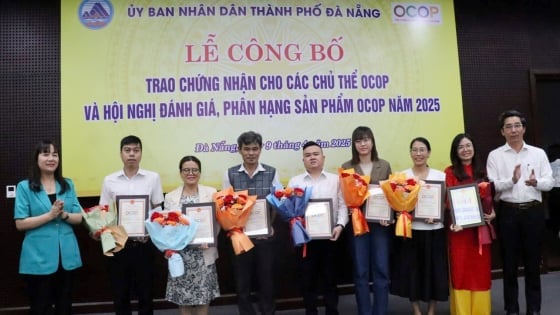
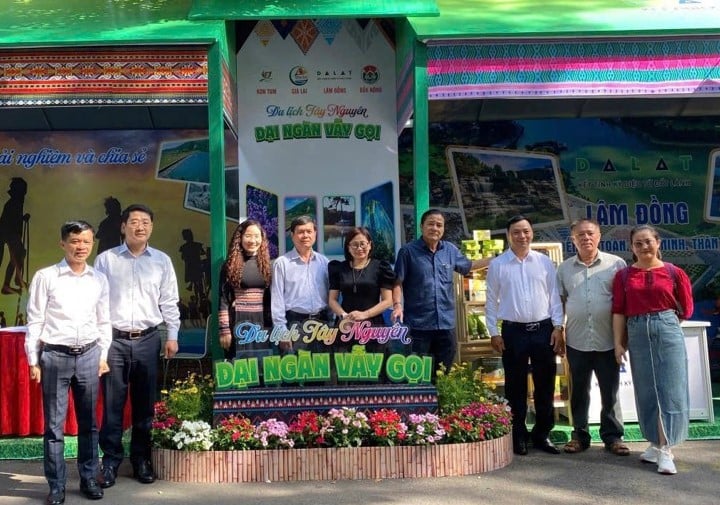

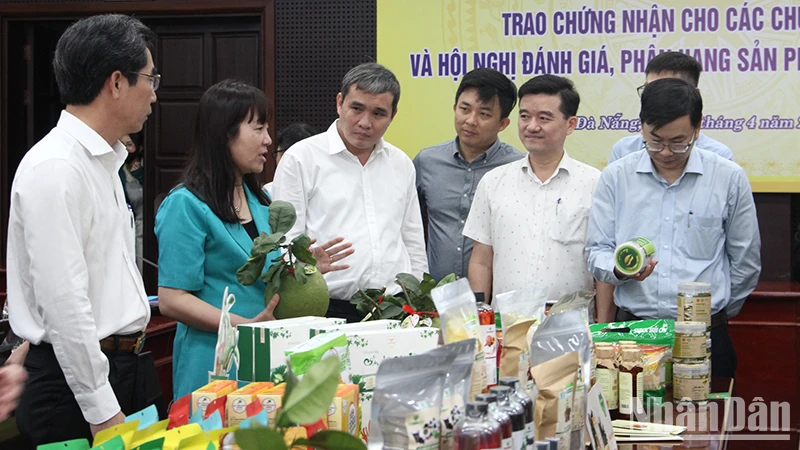

Comment (0)